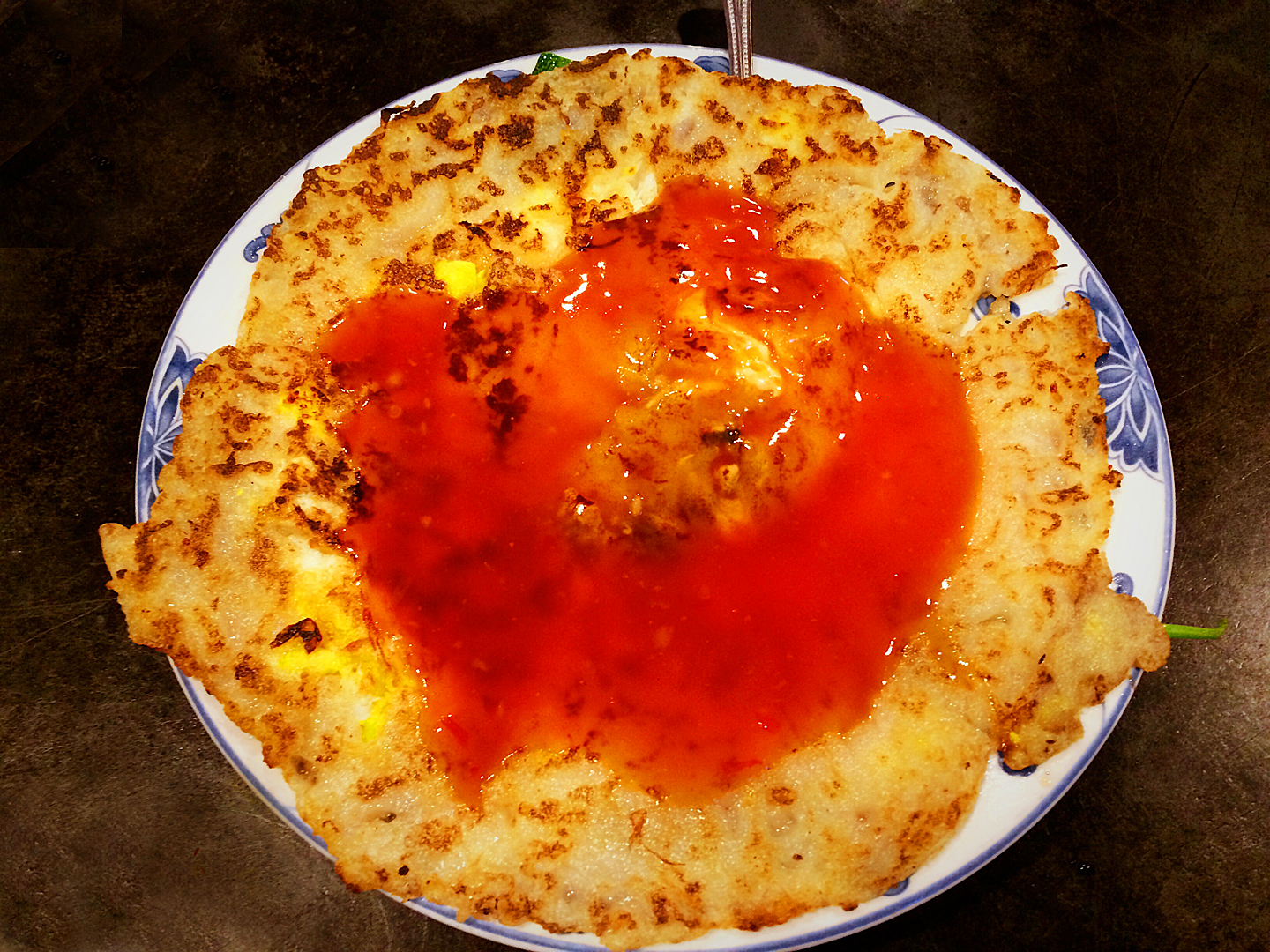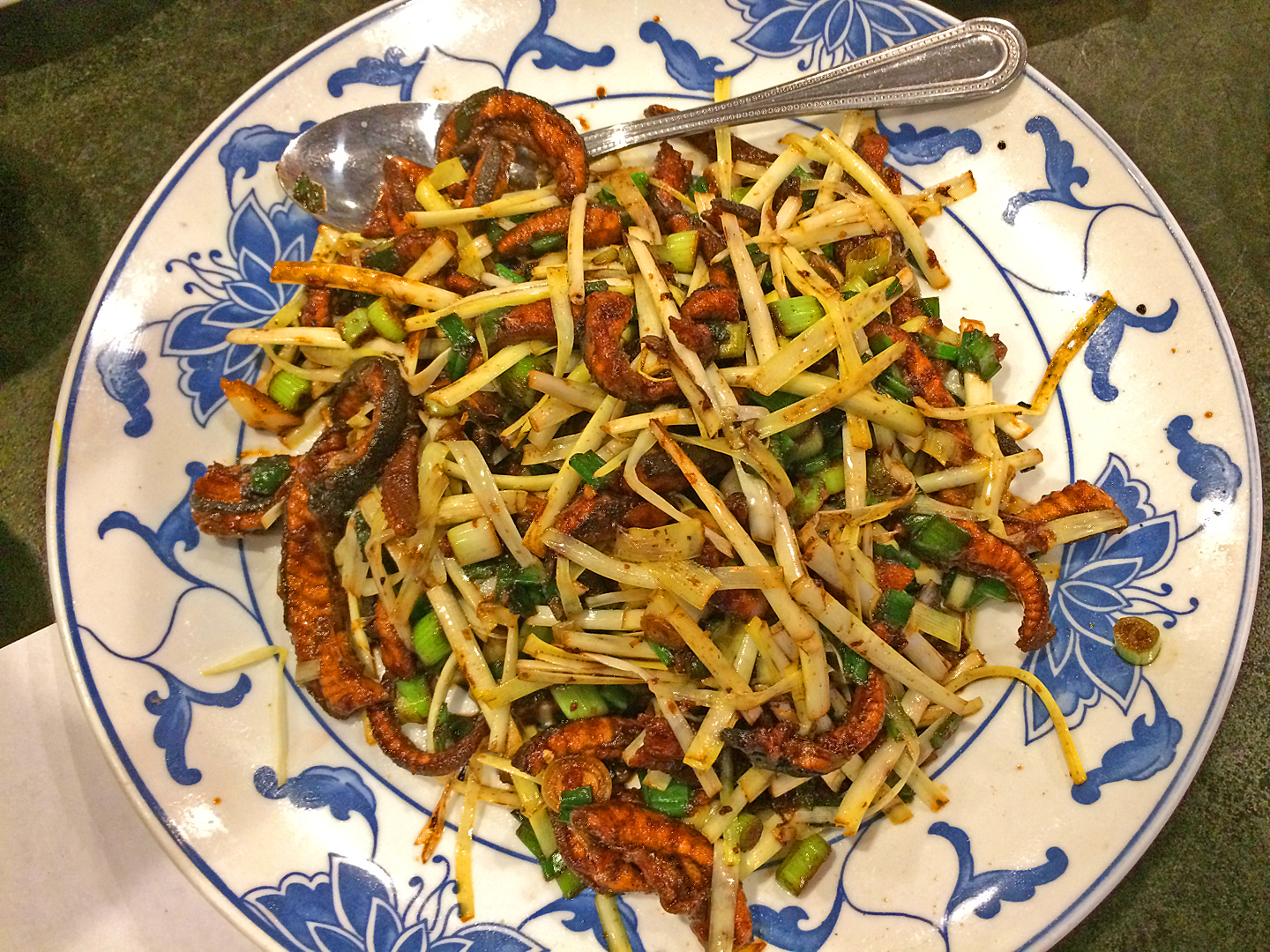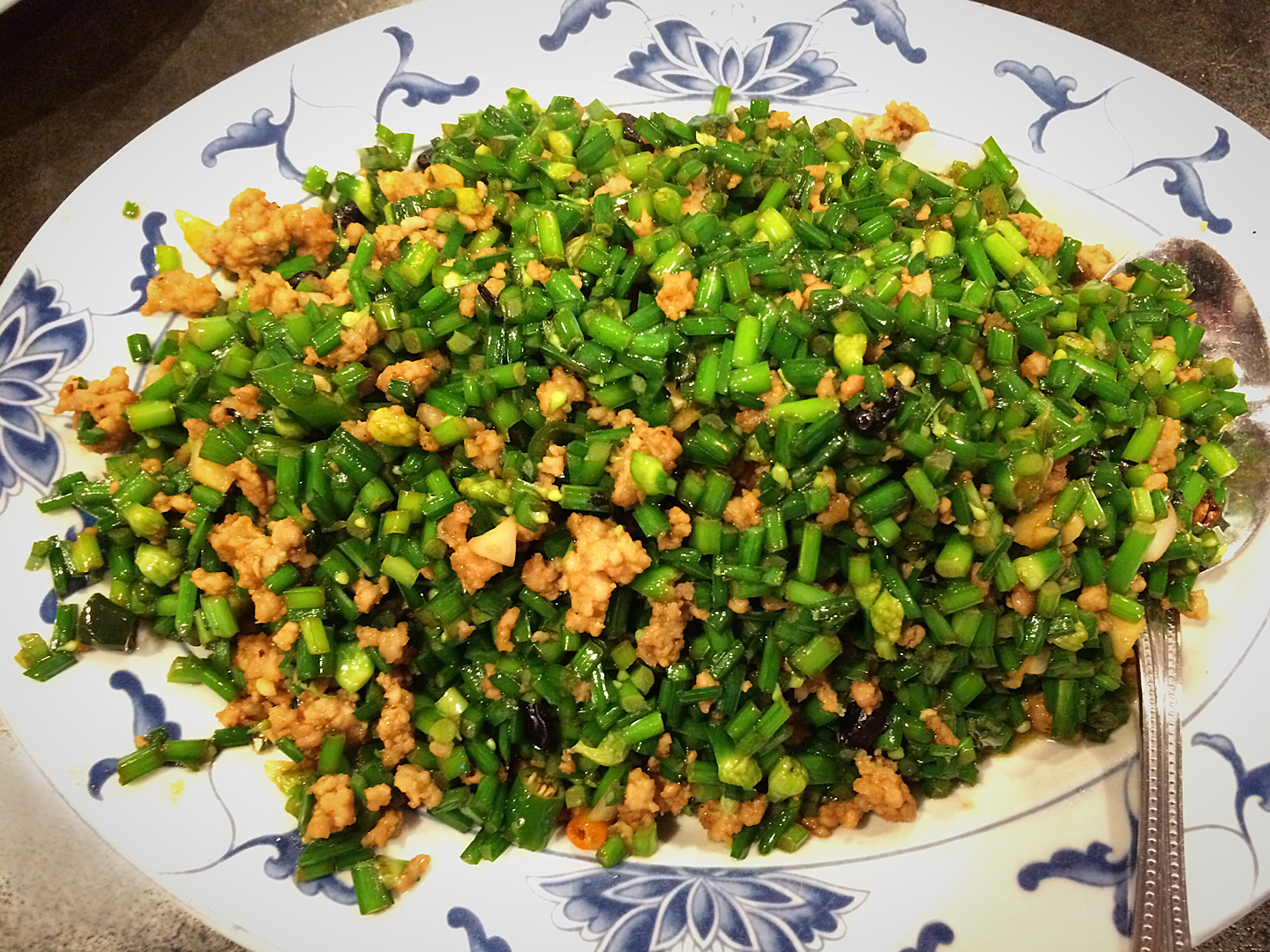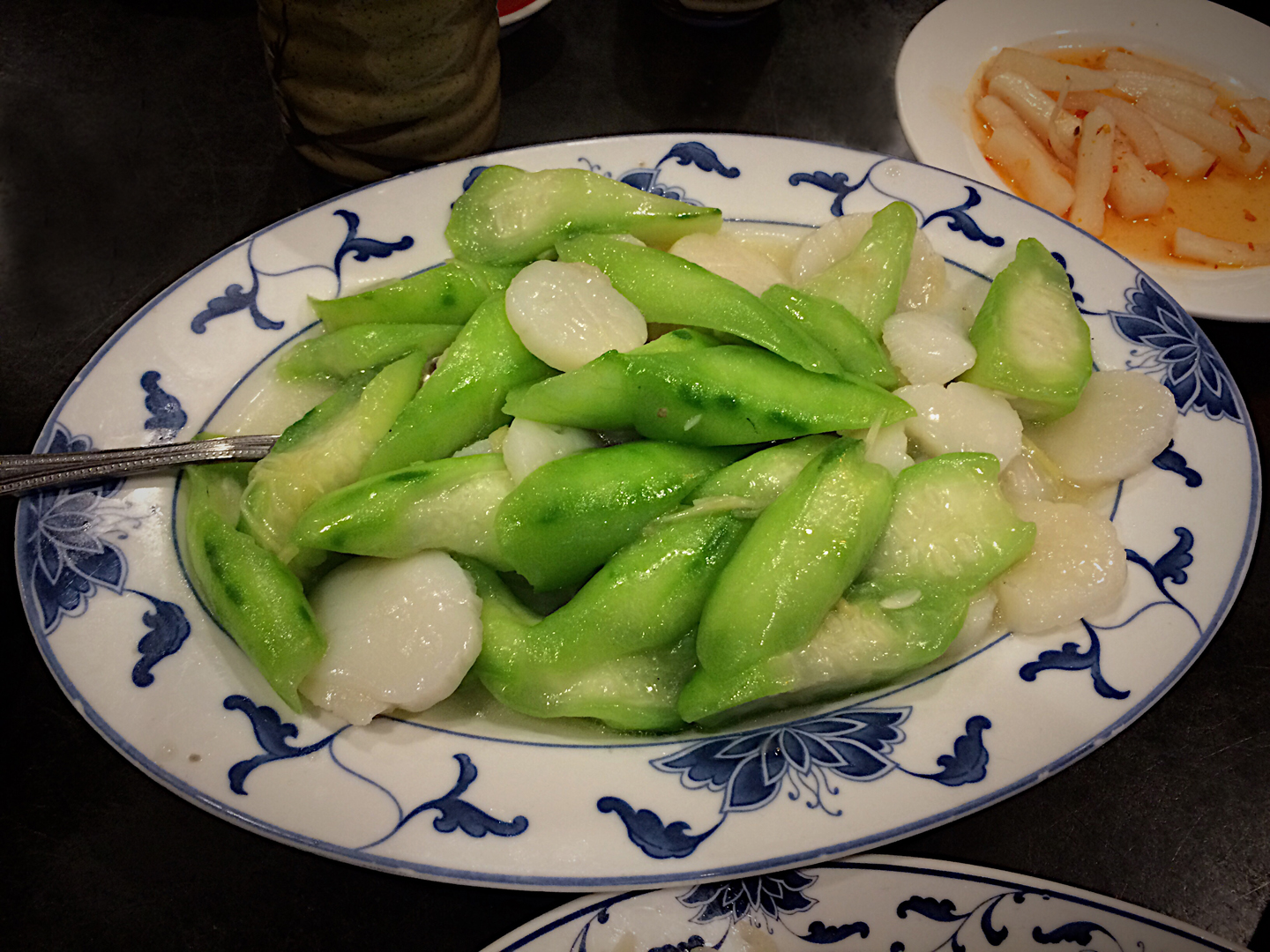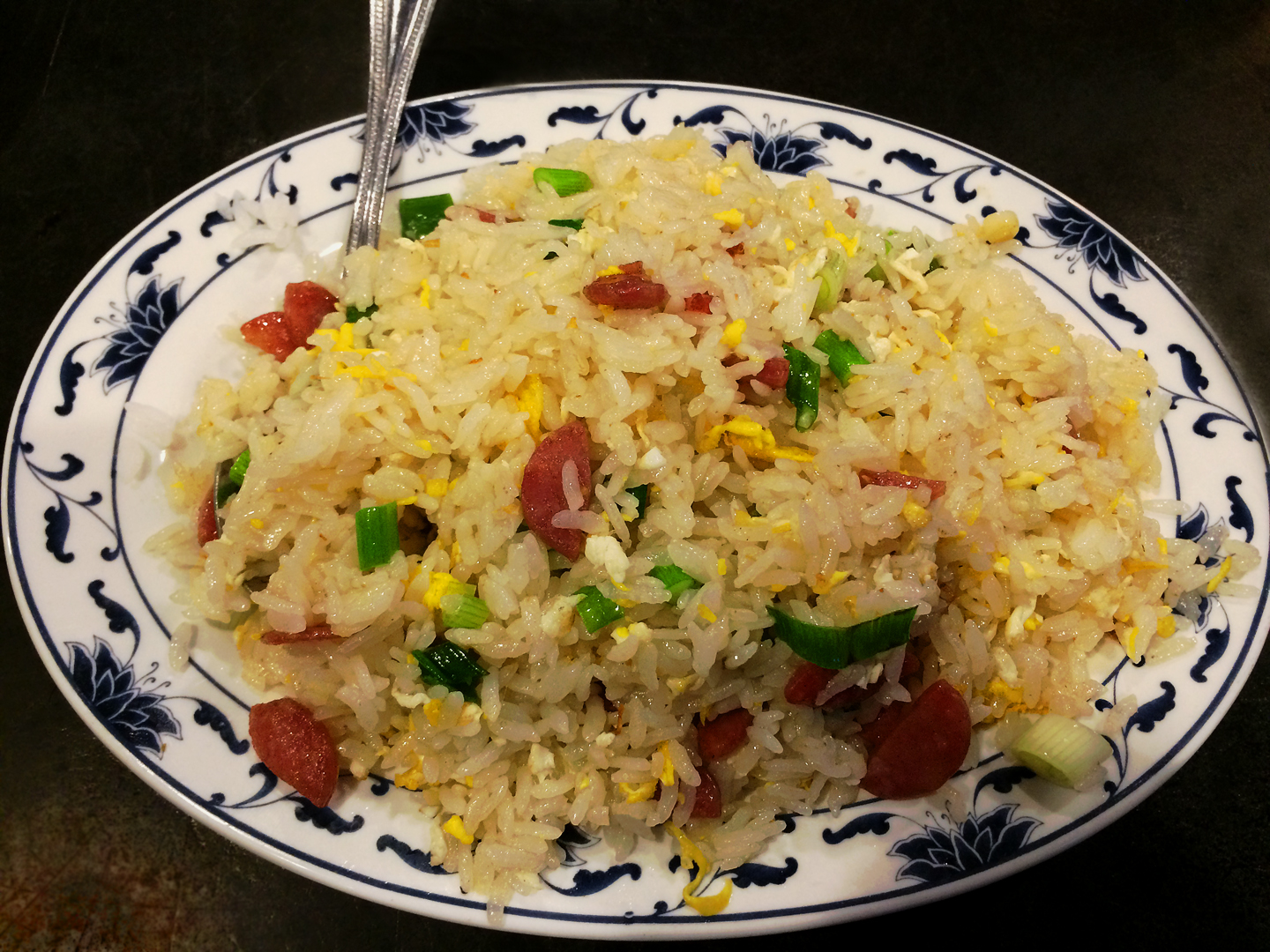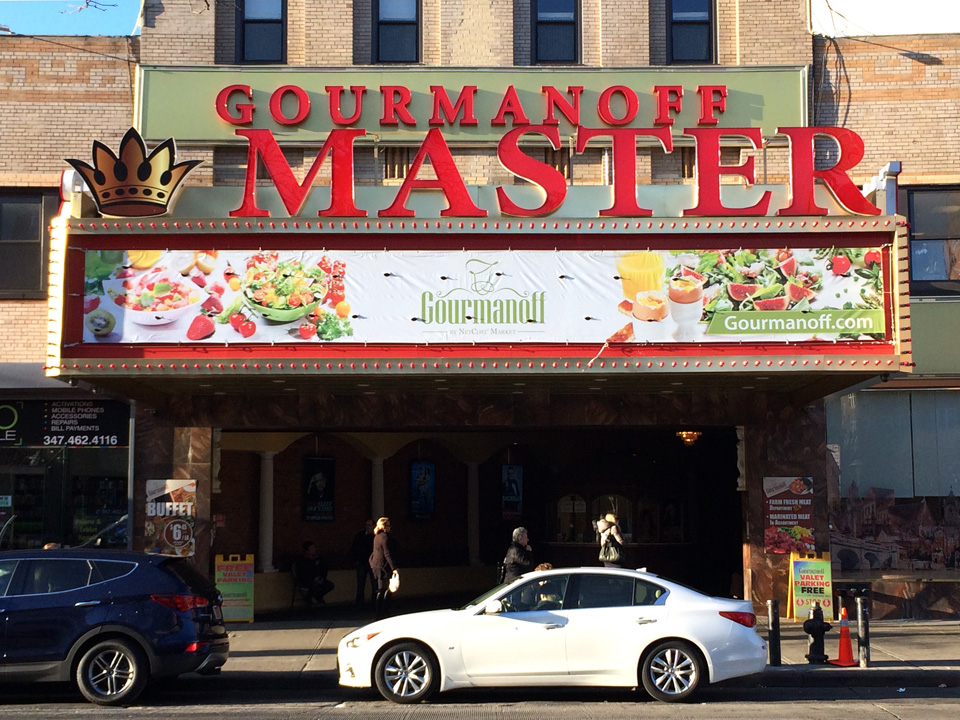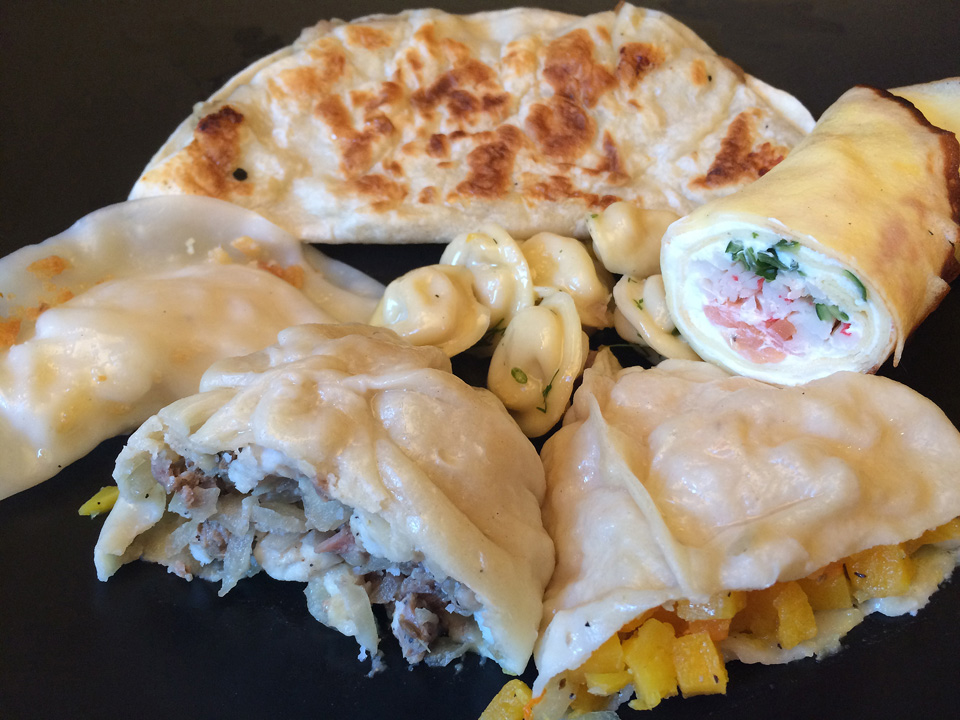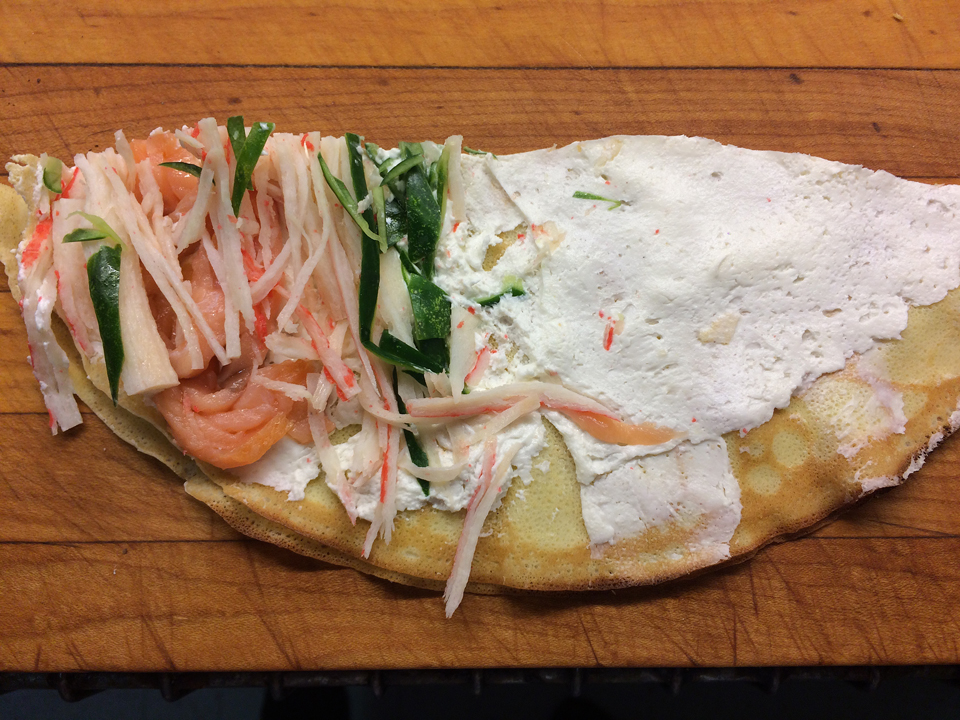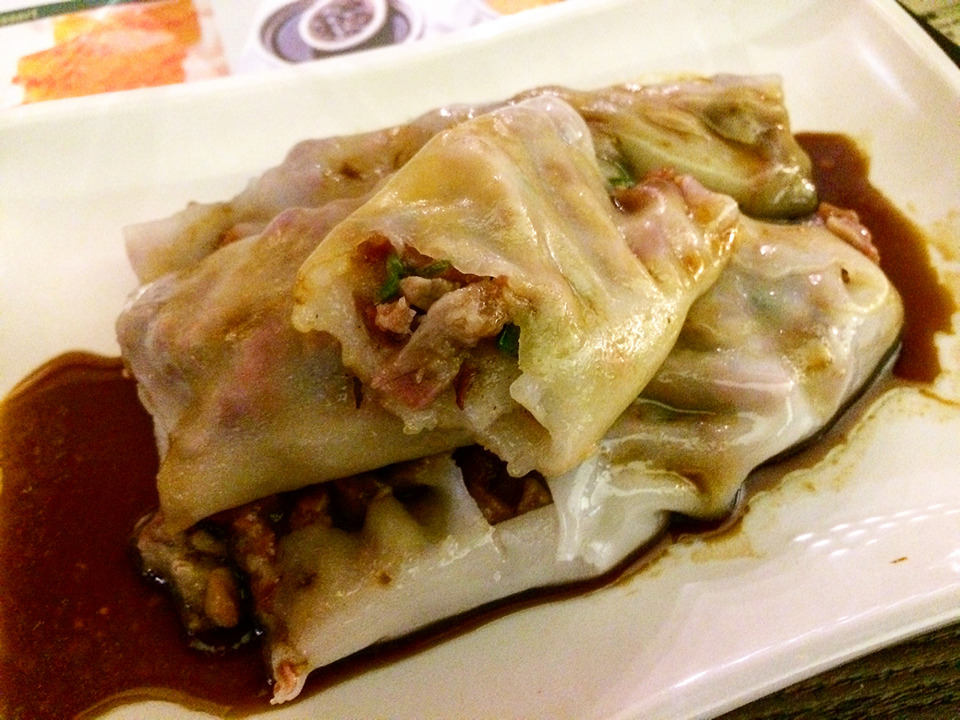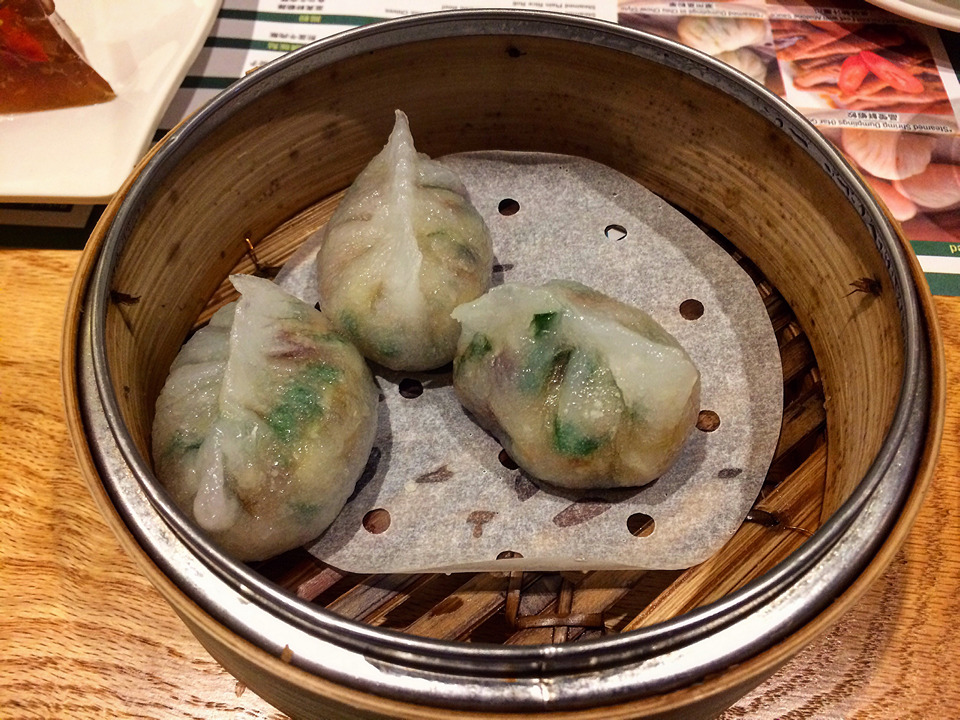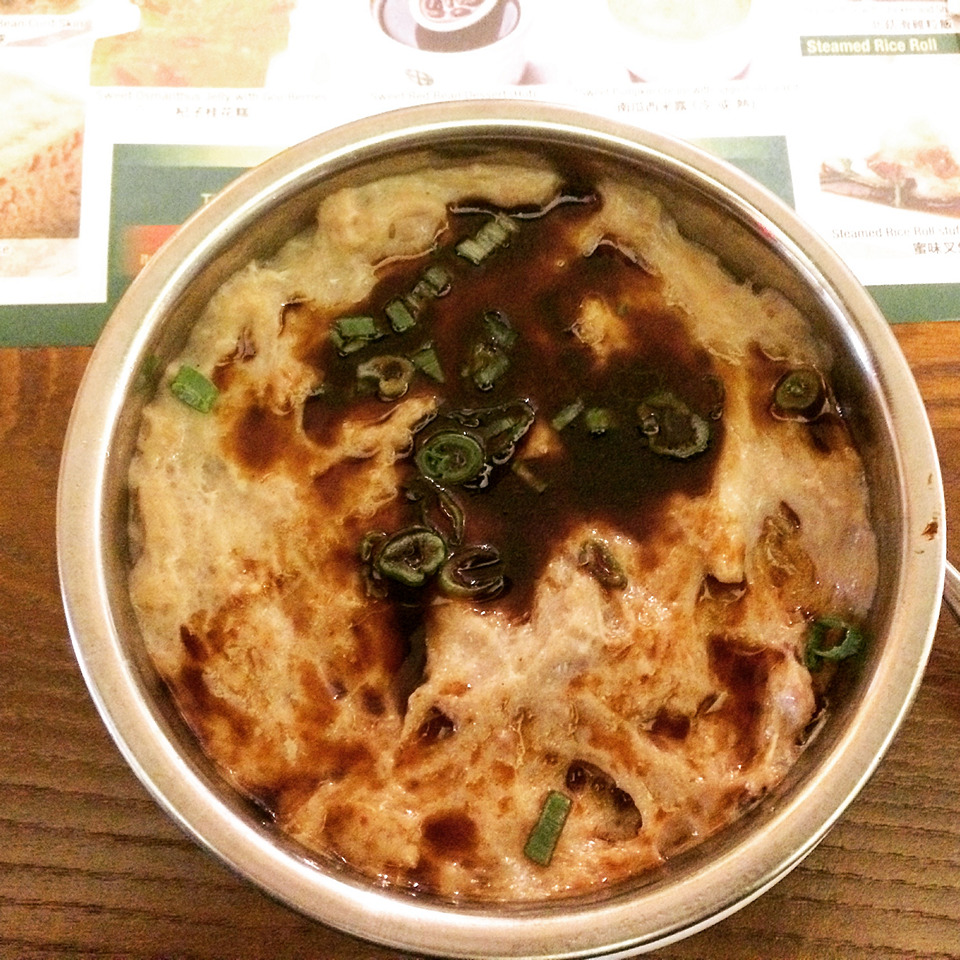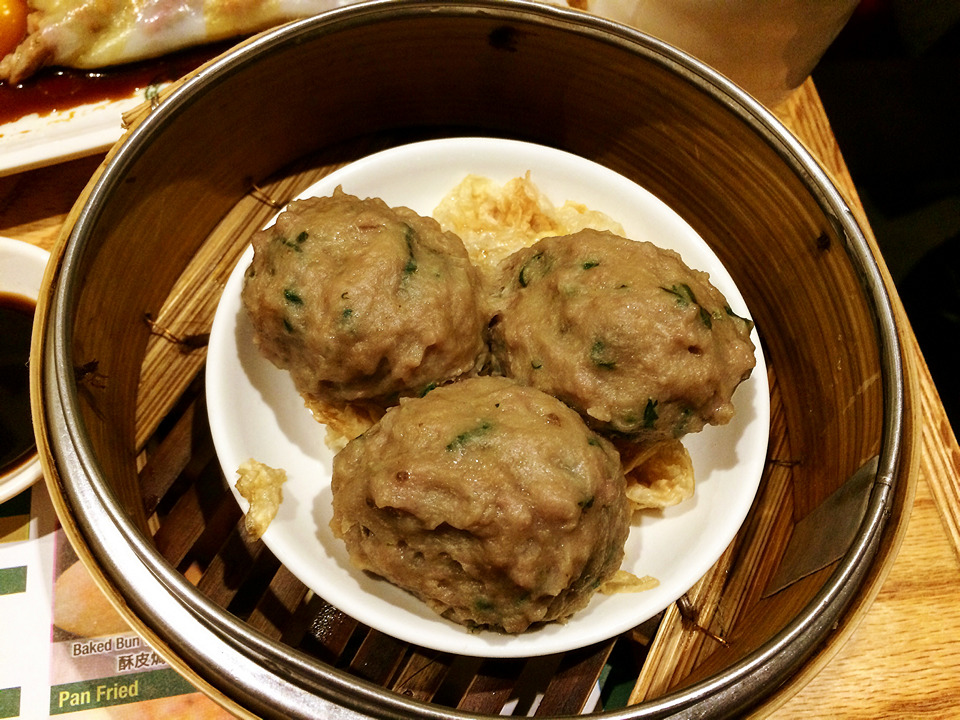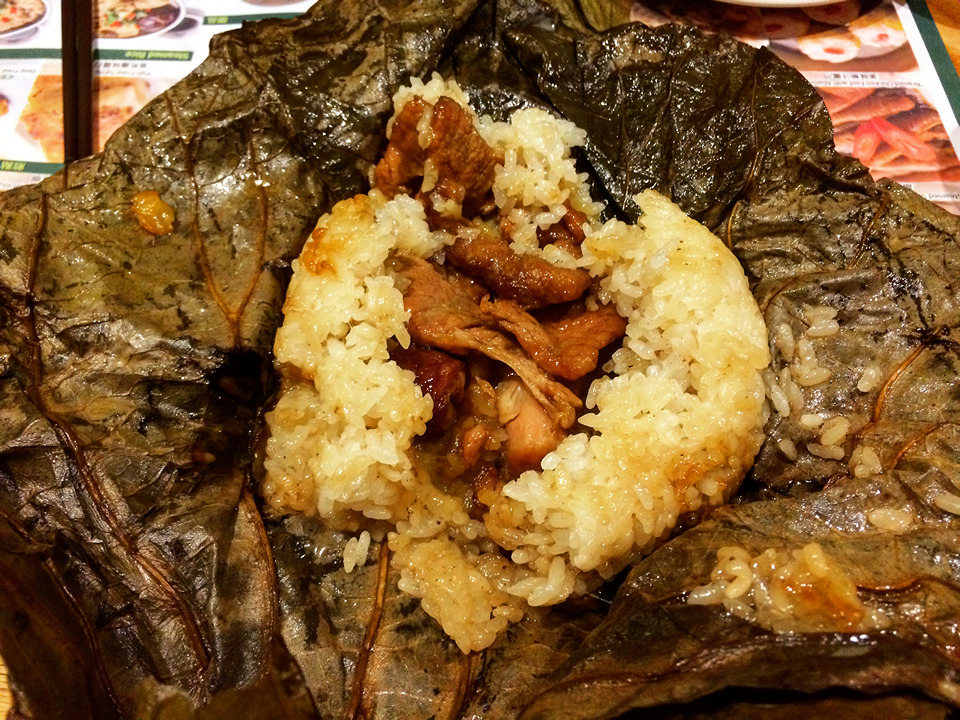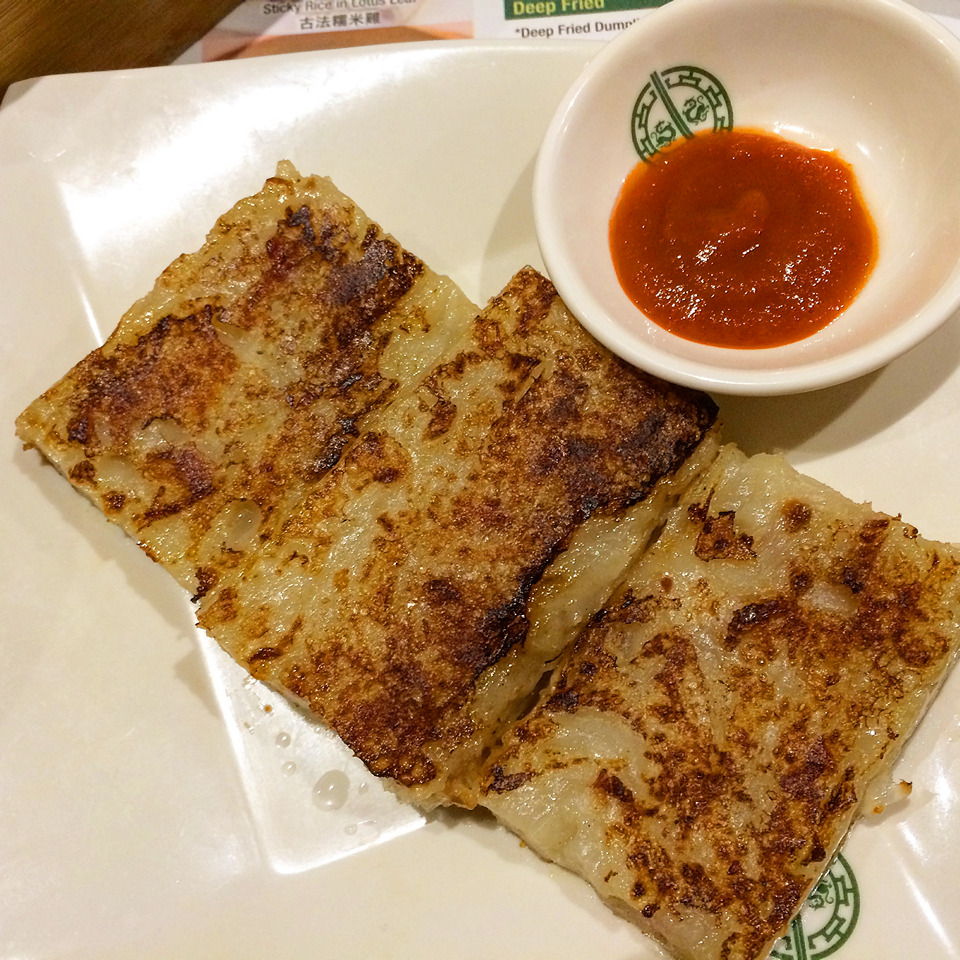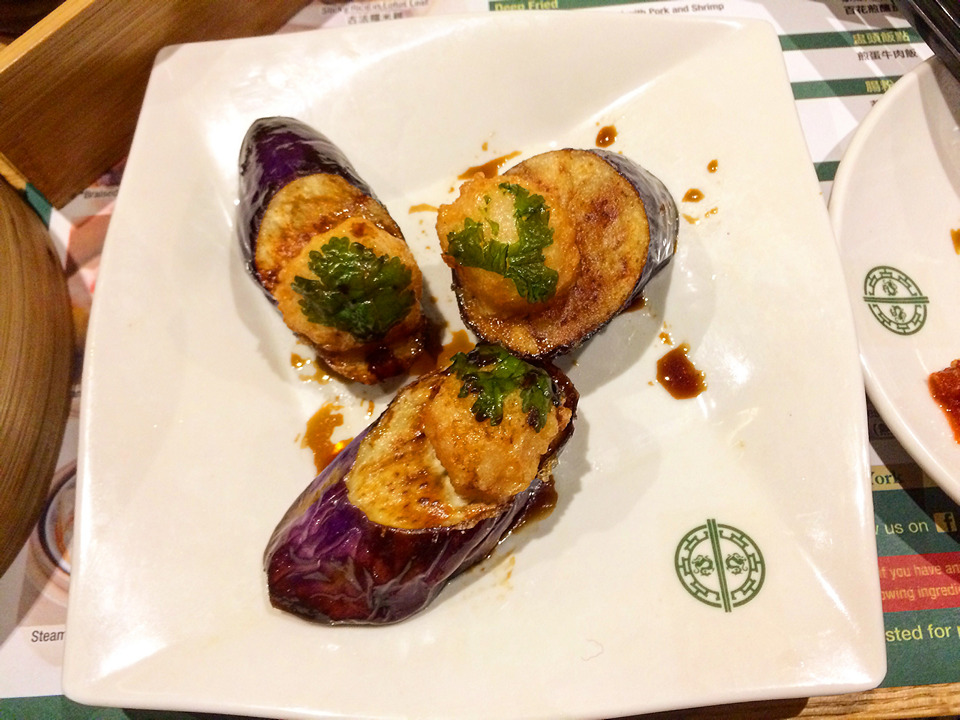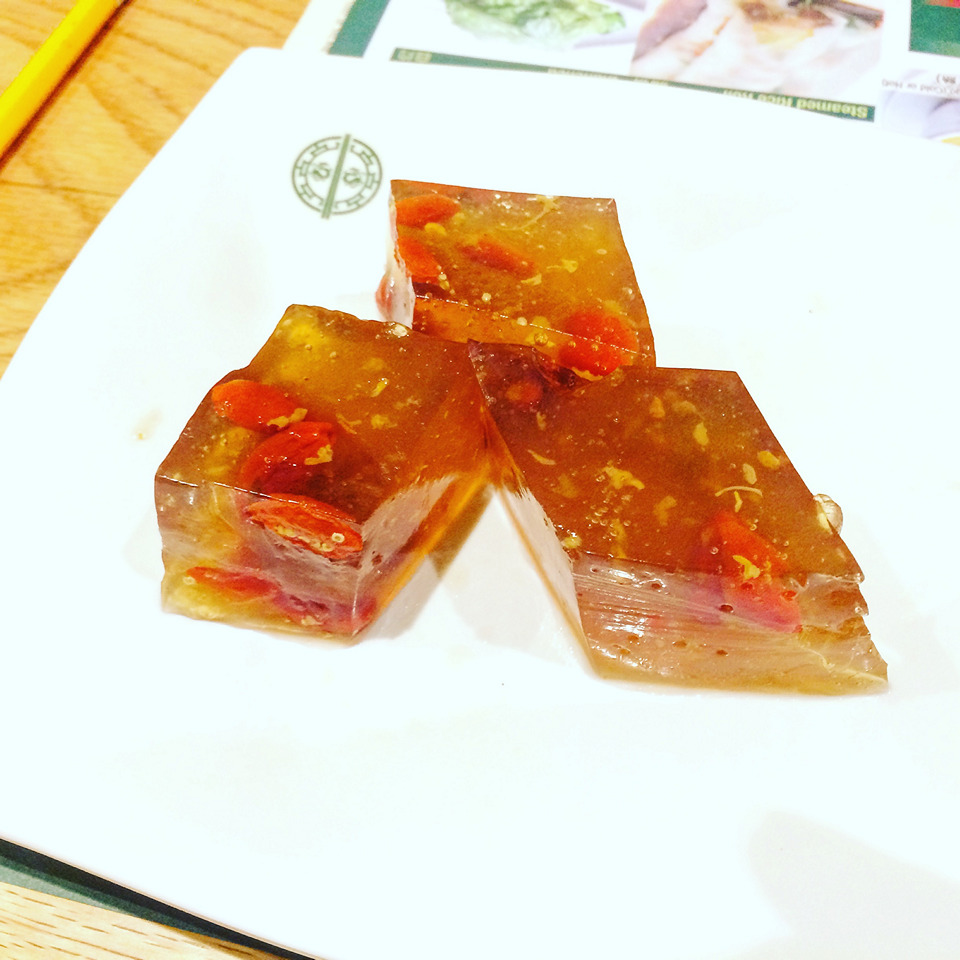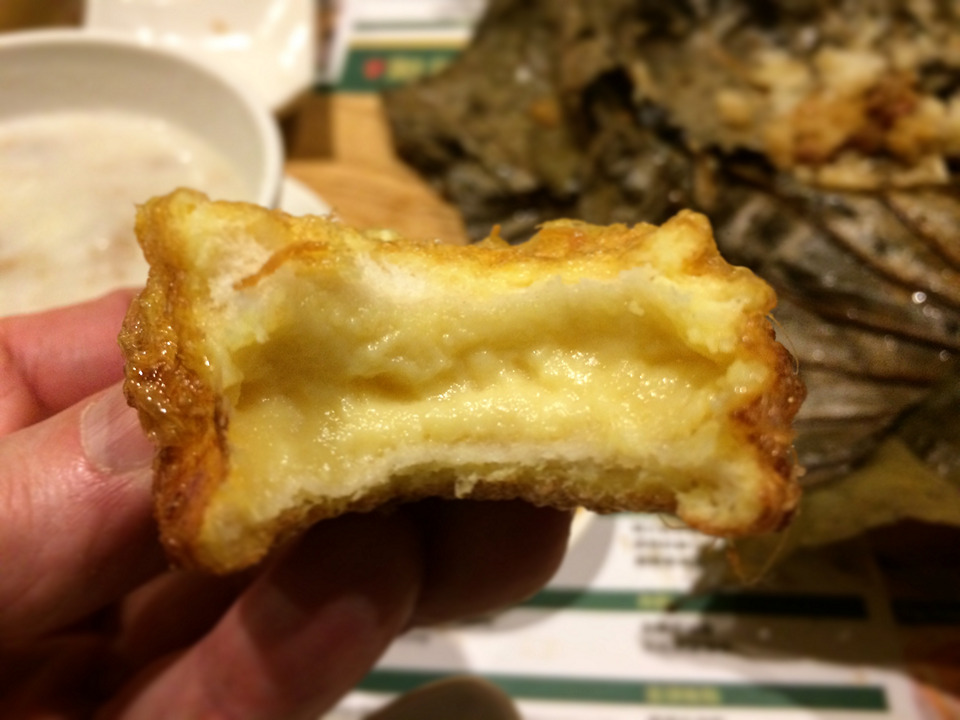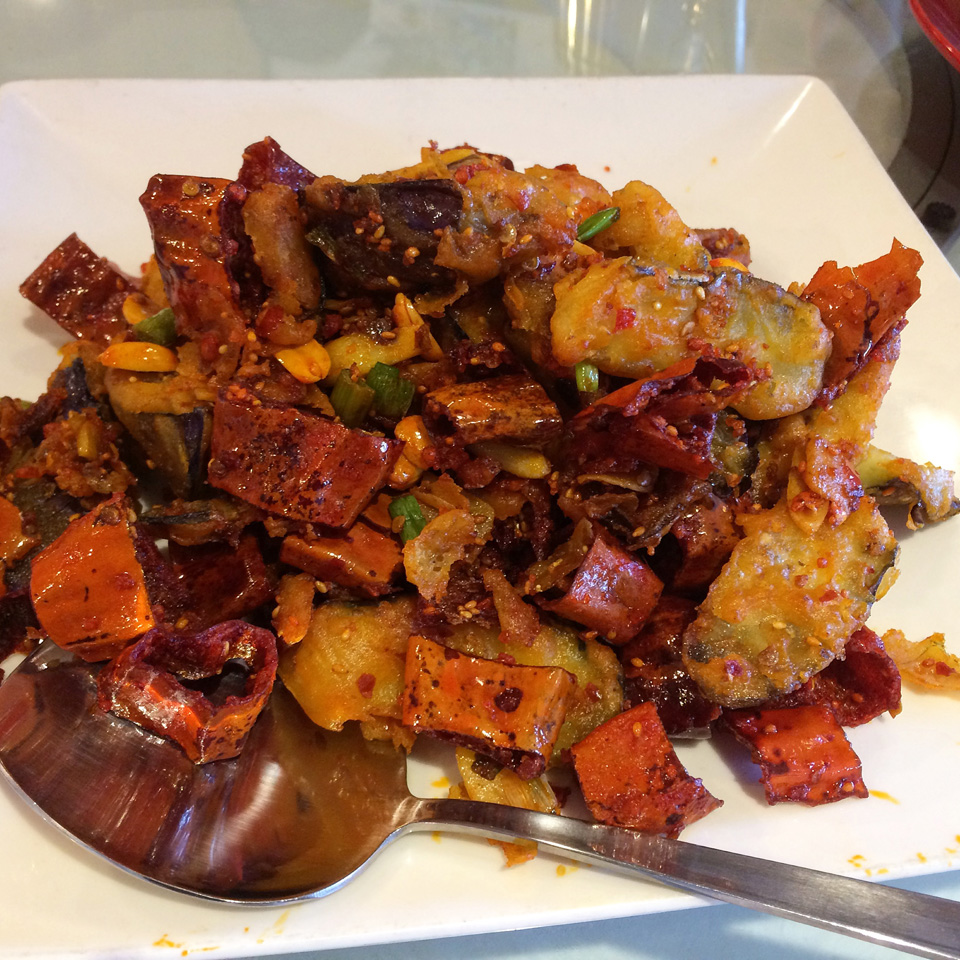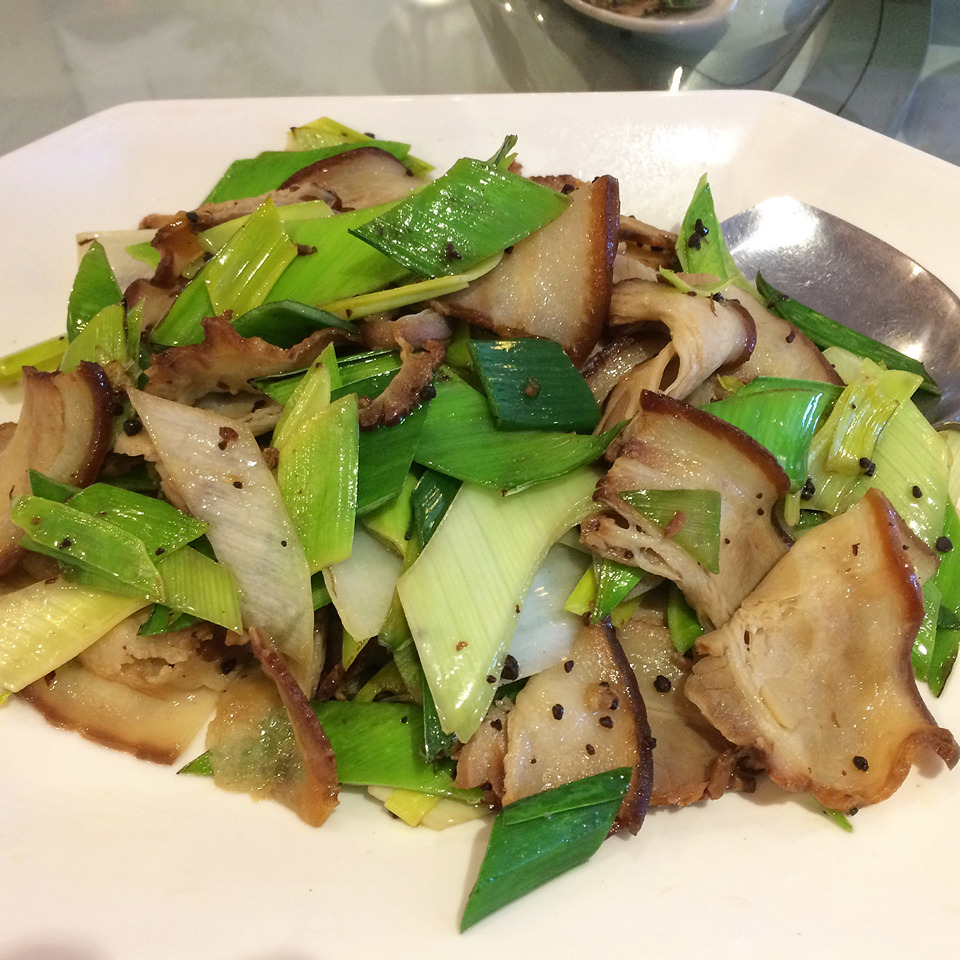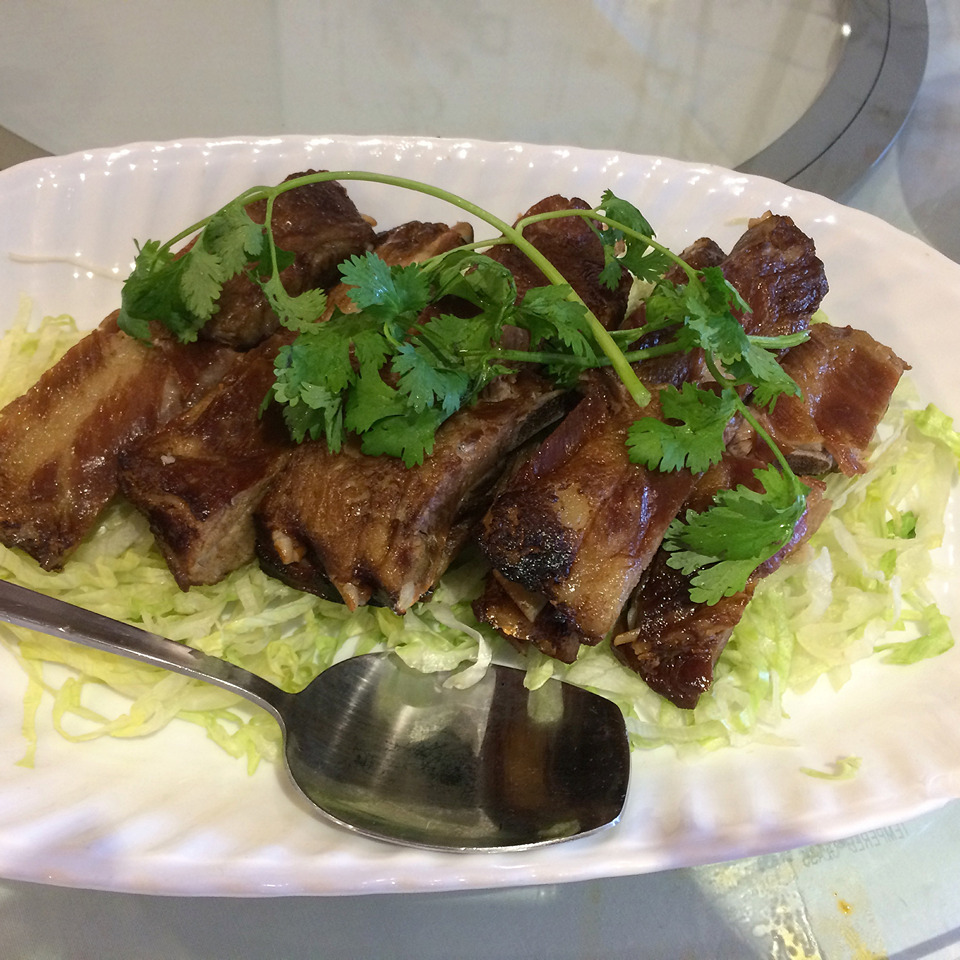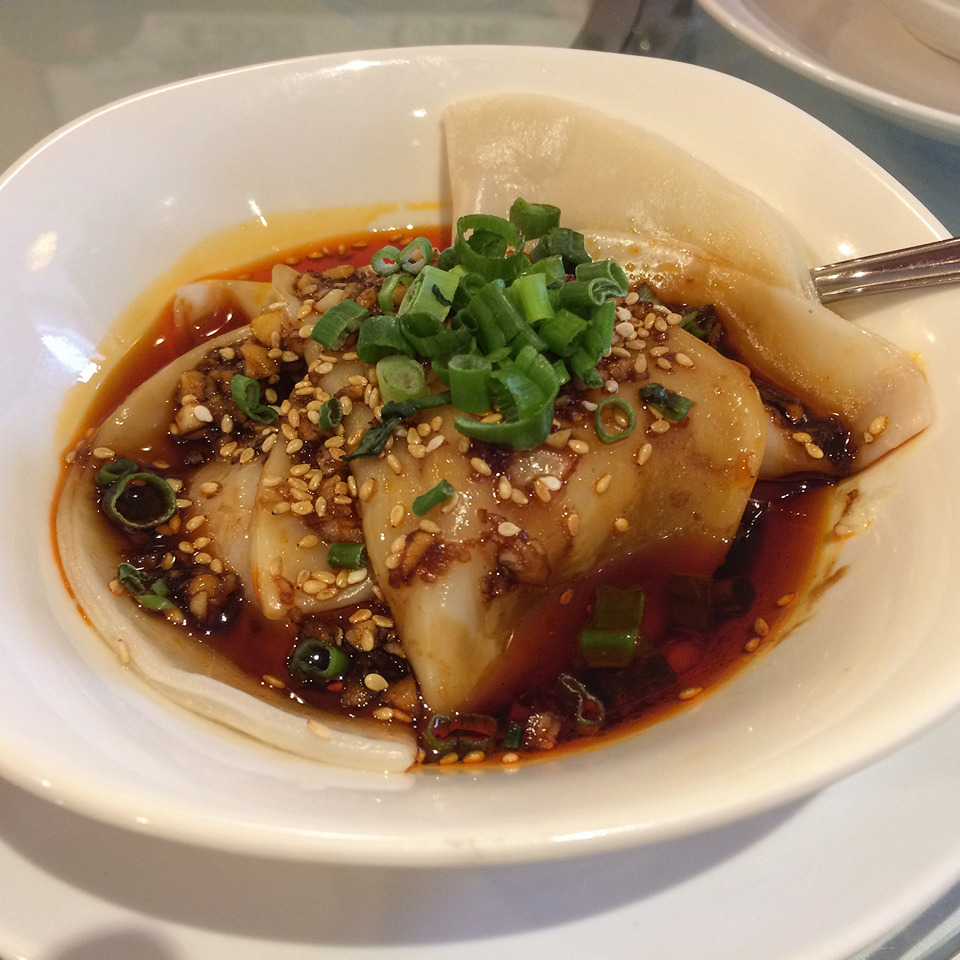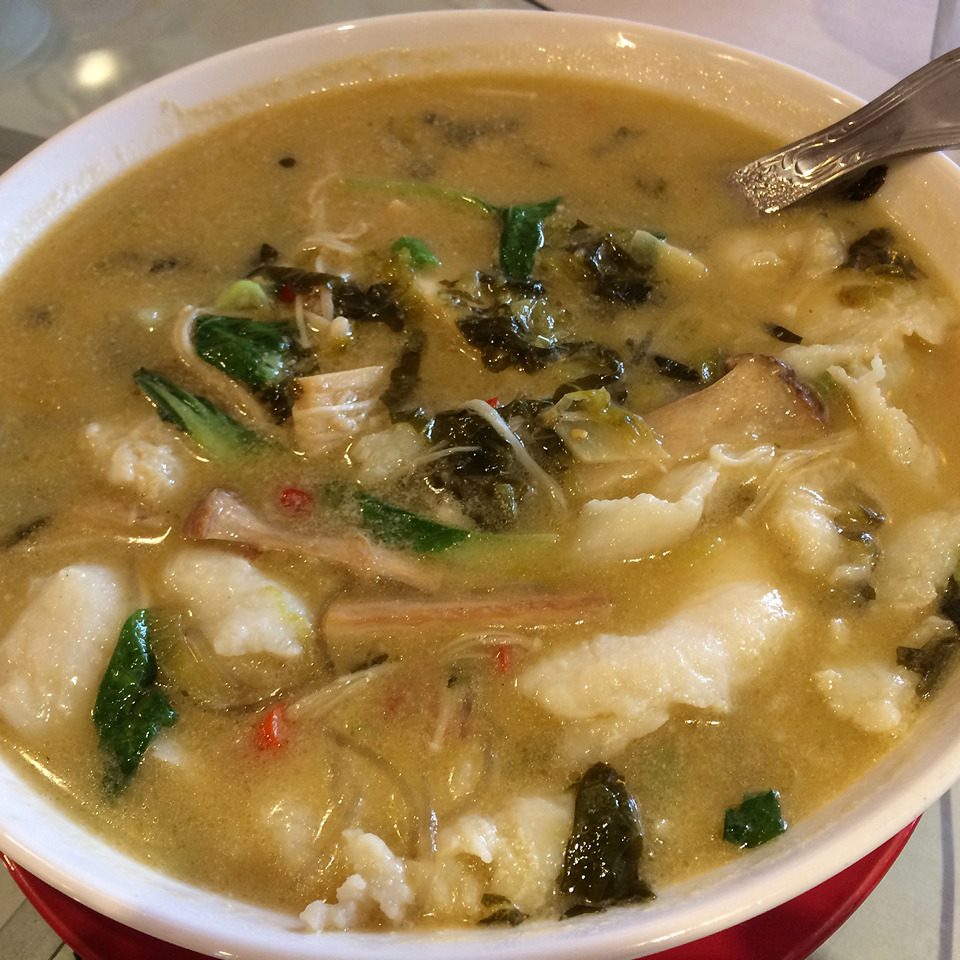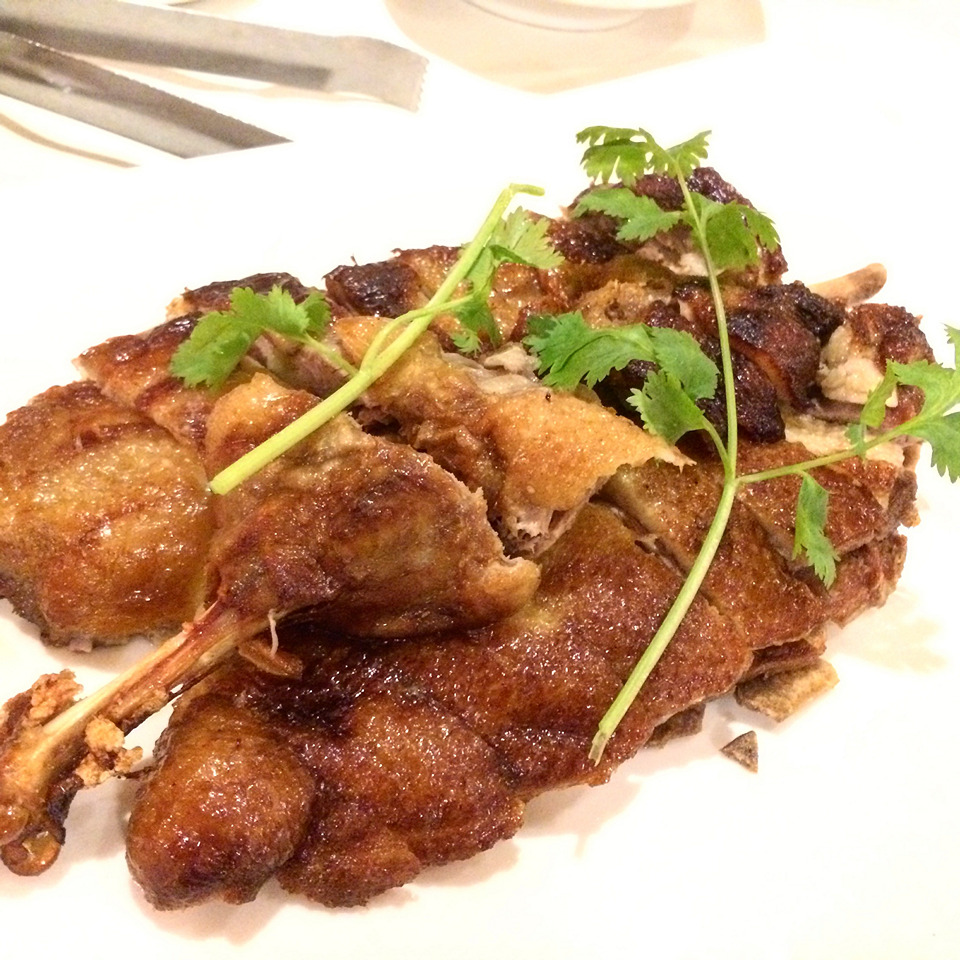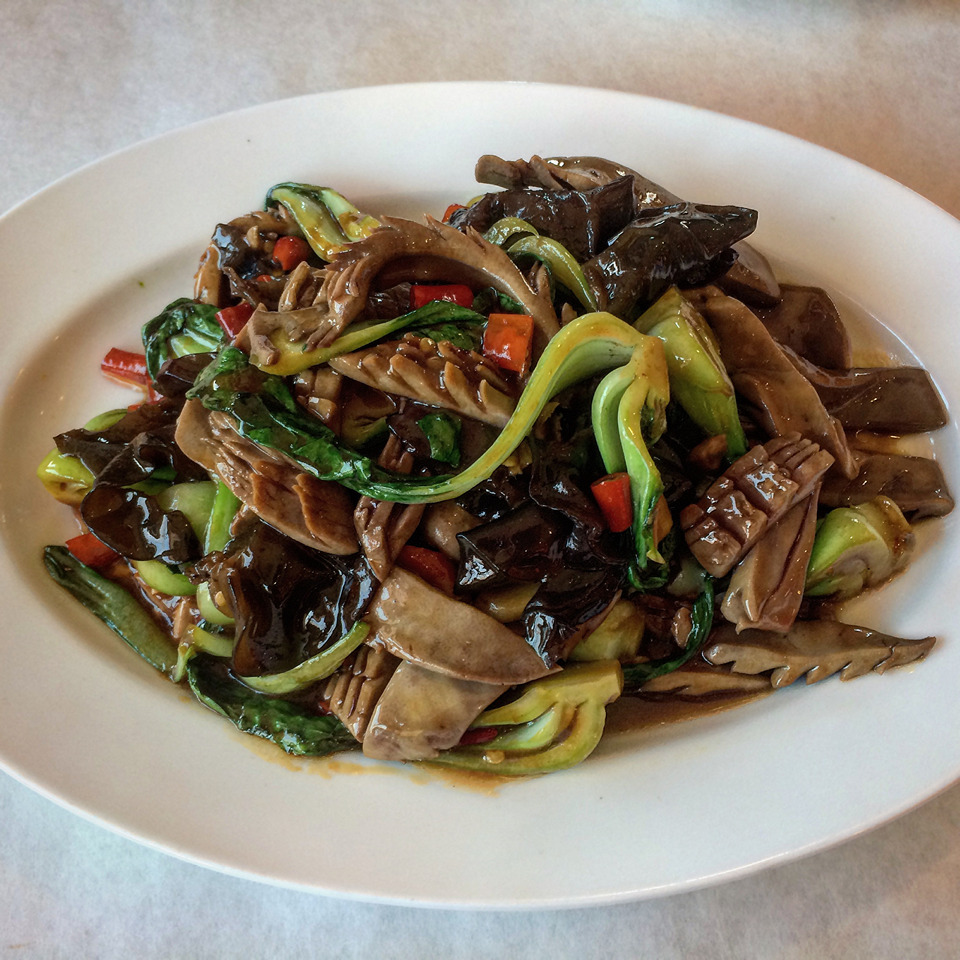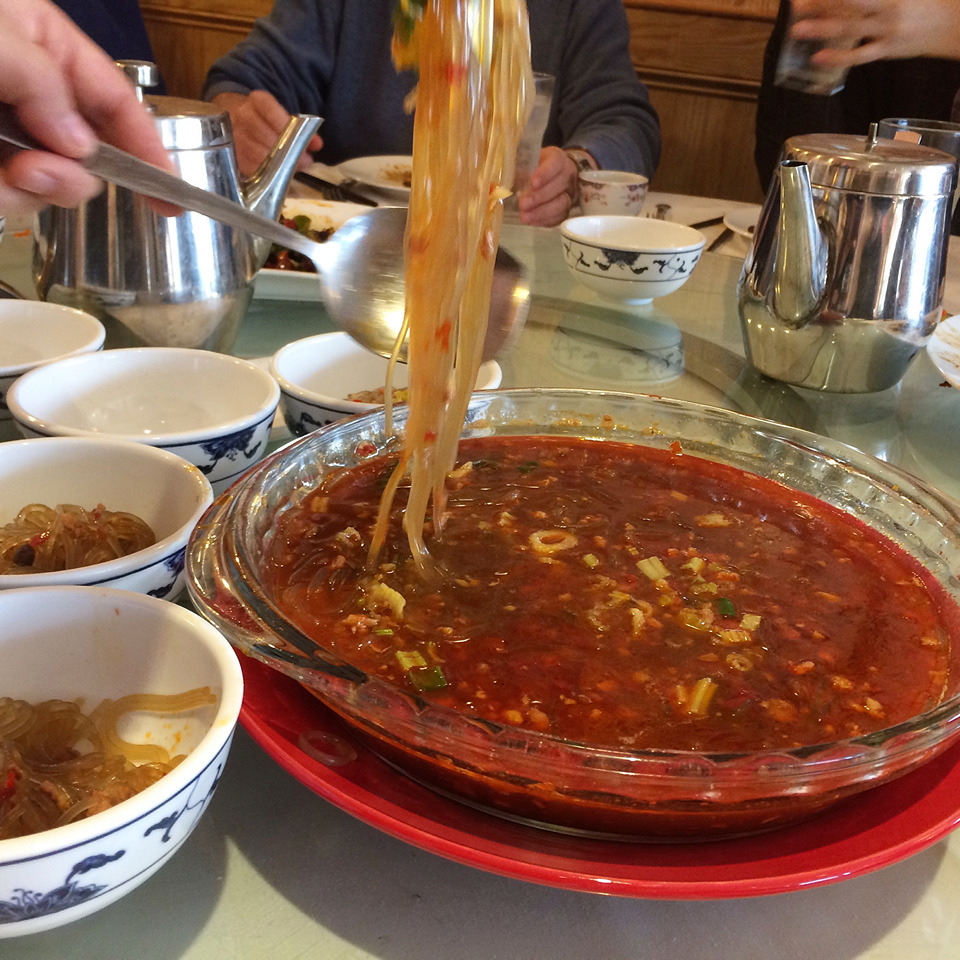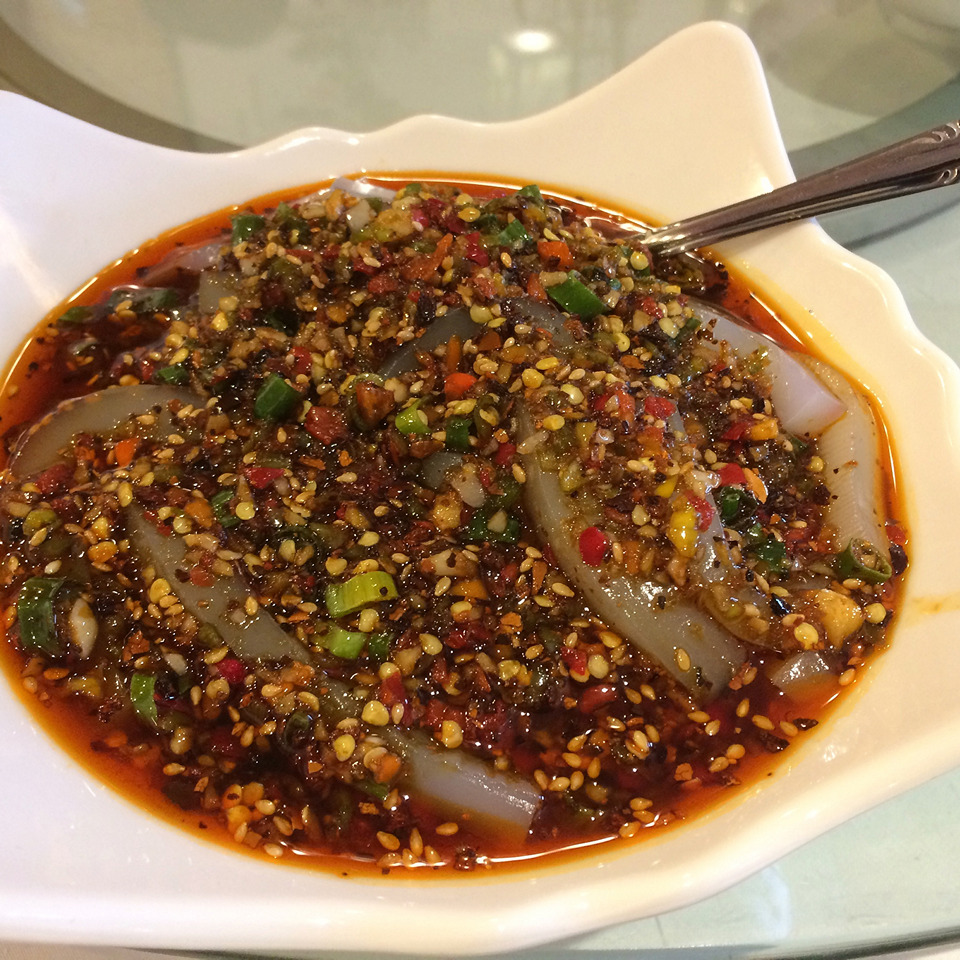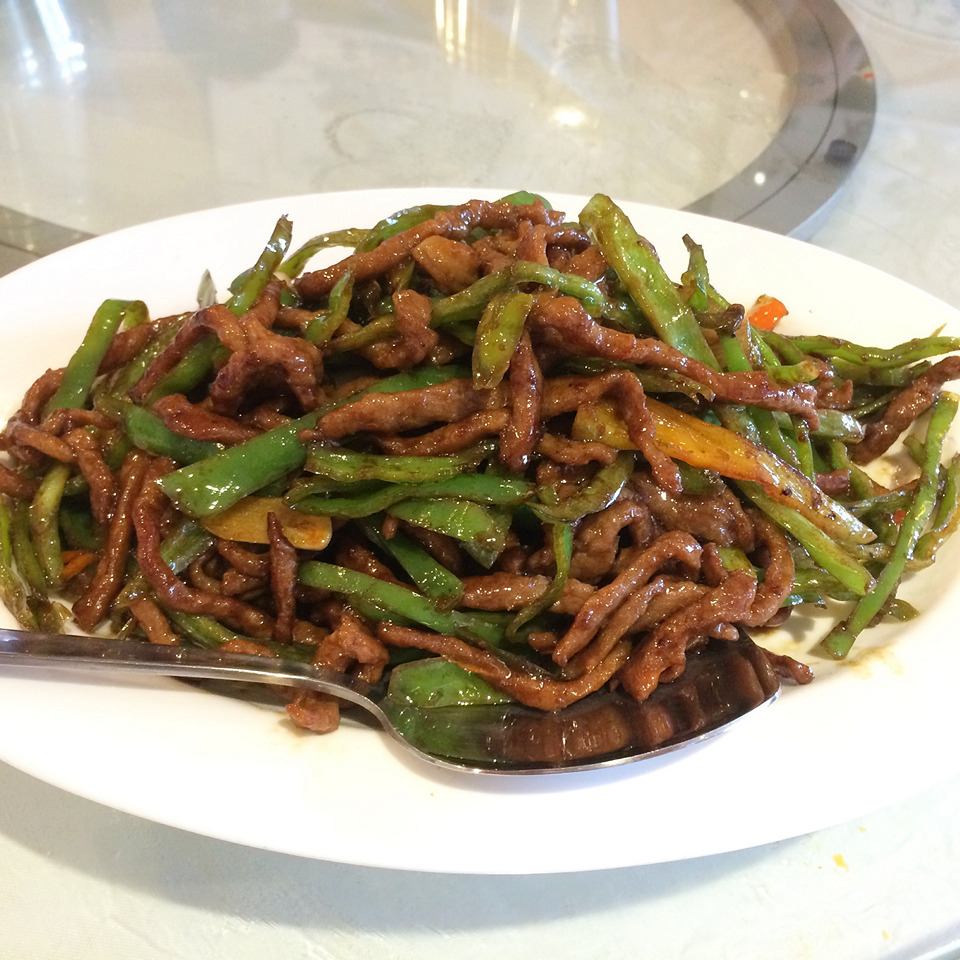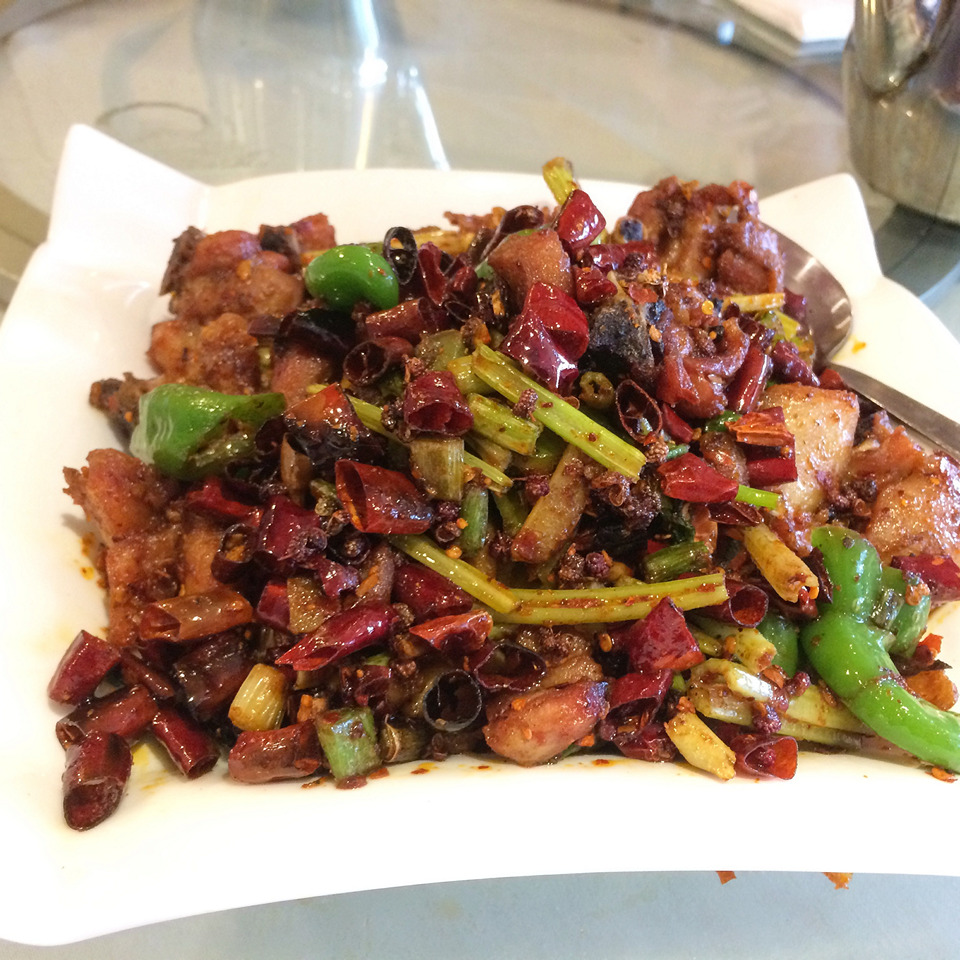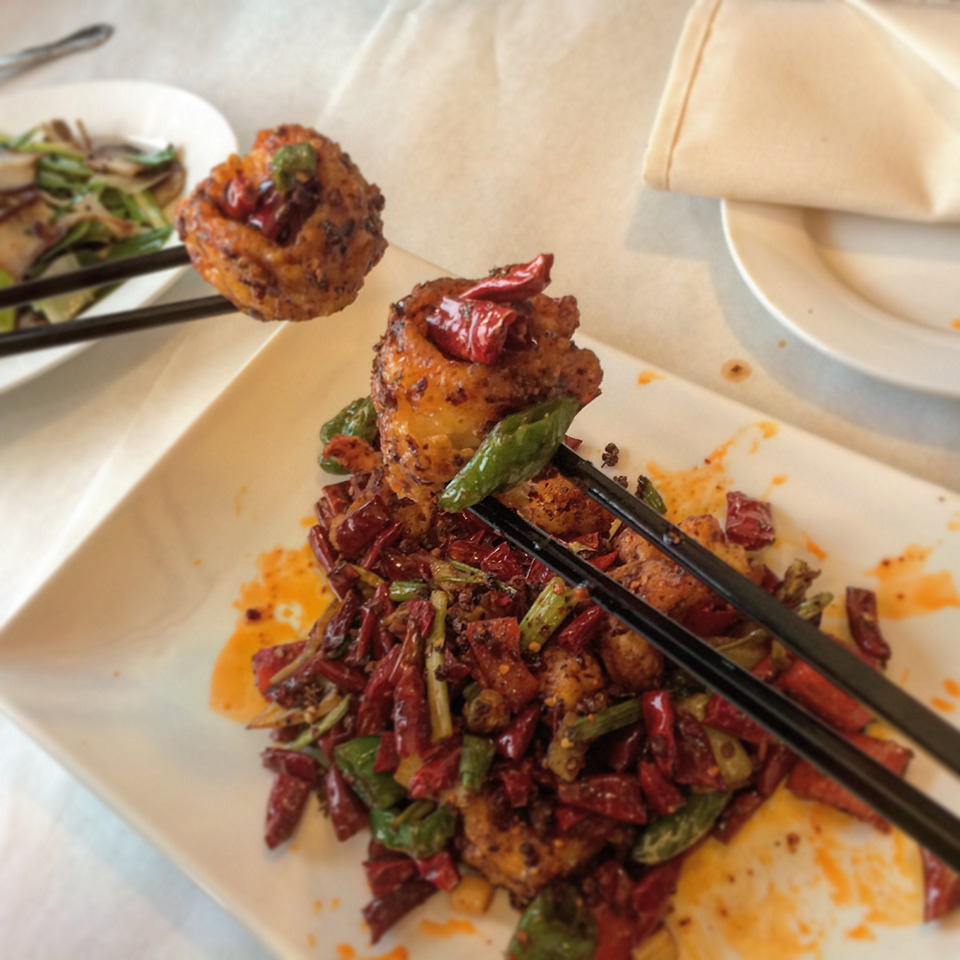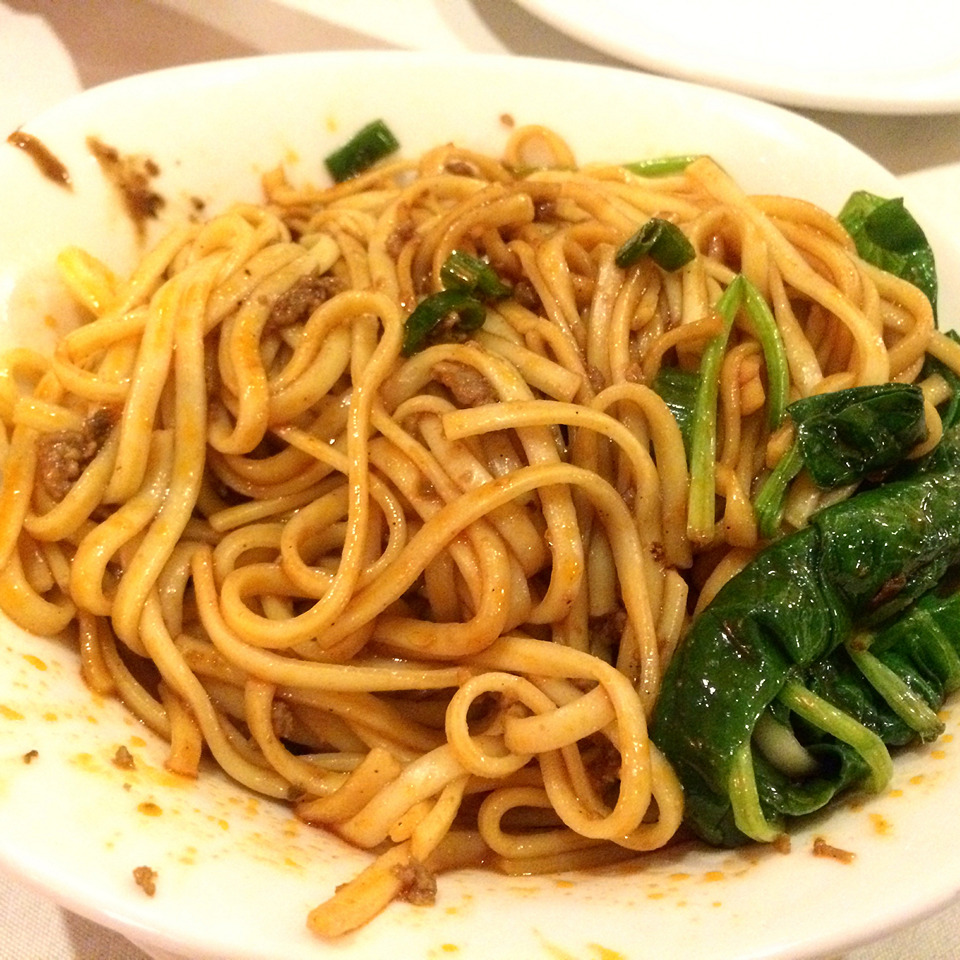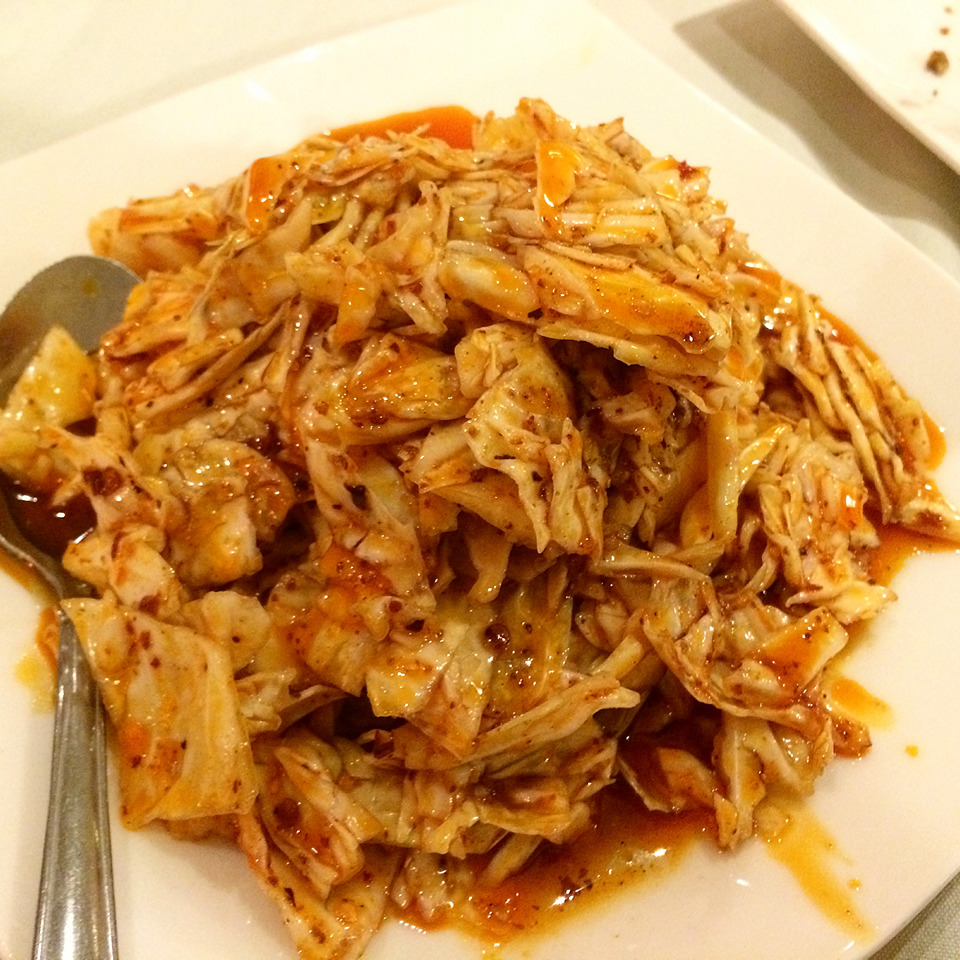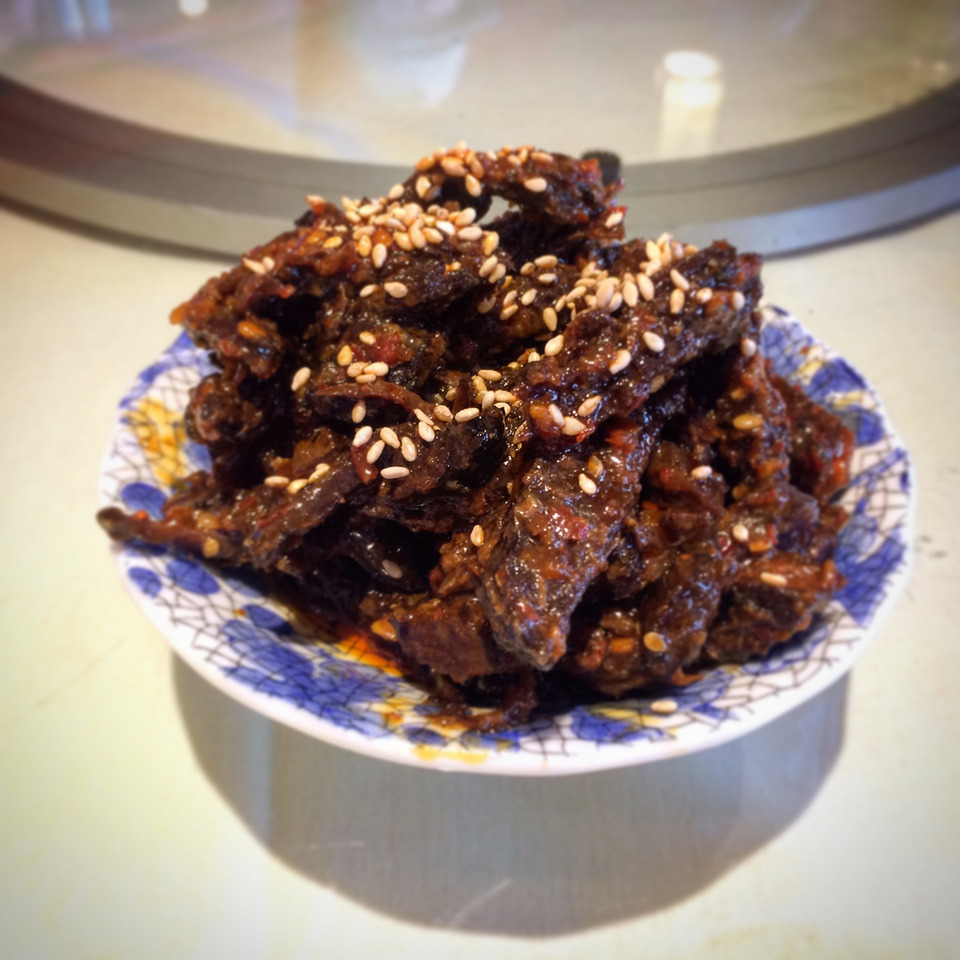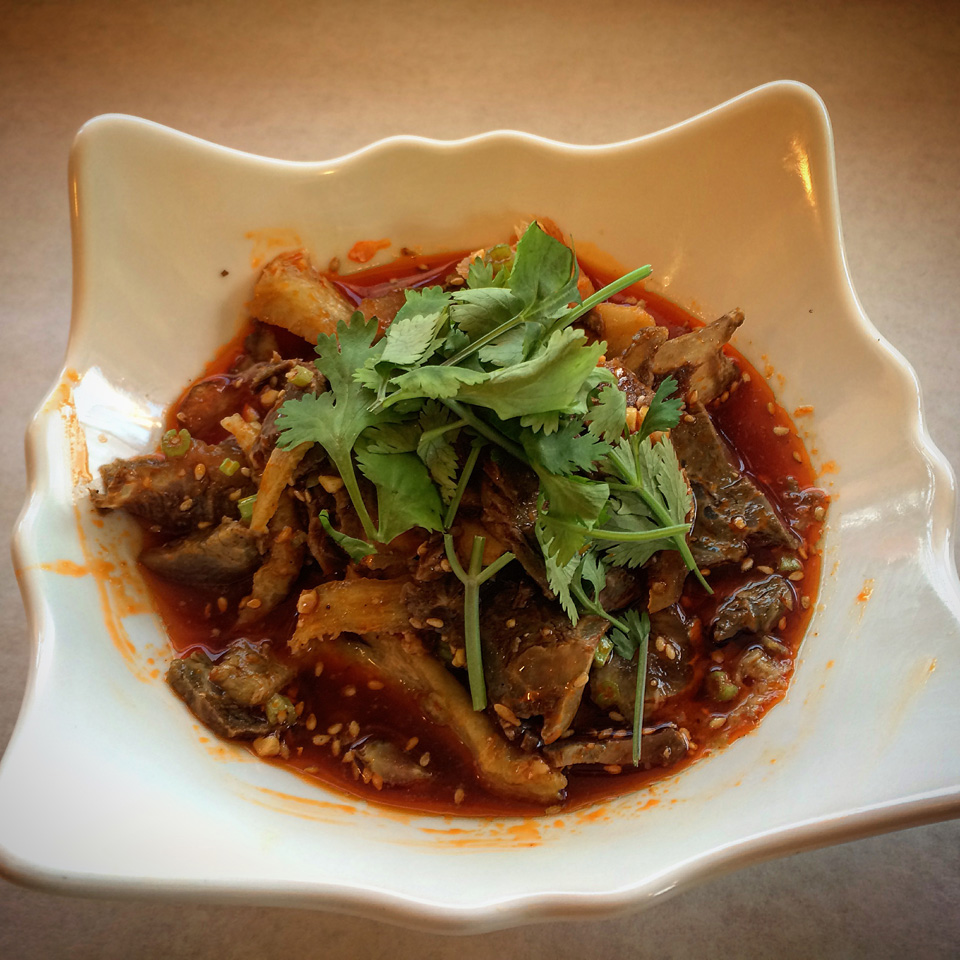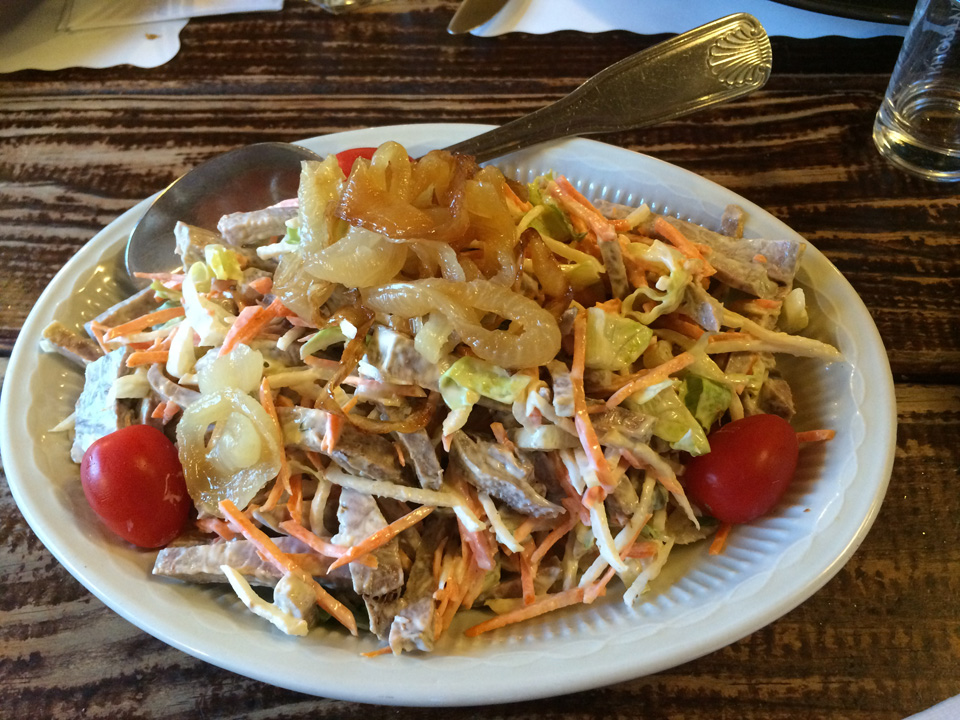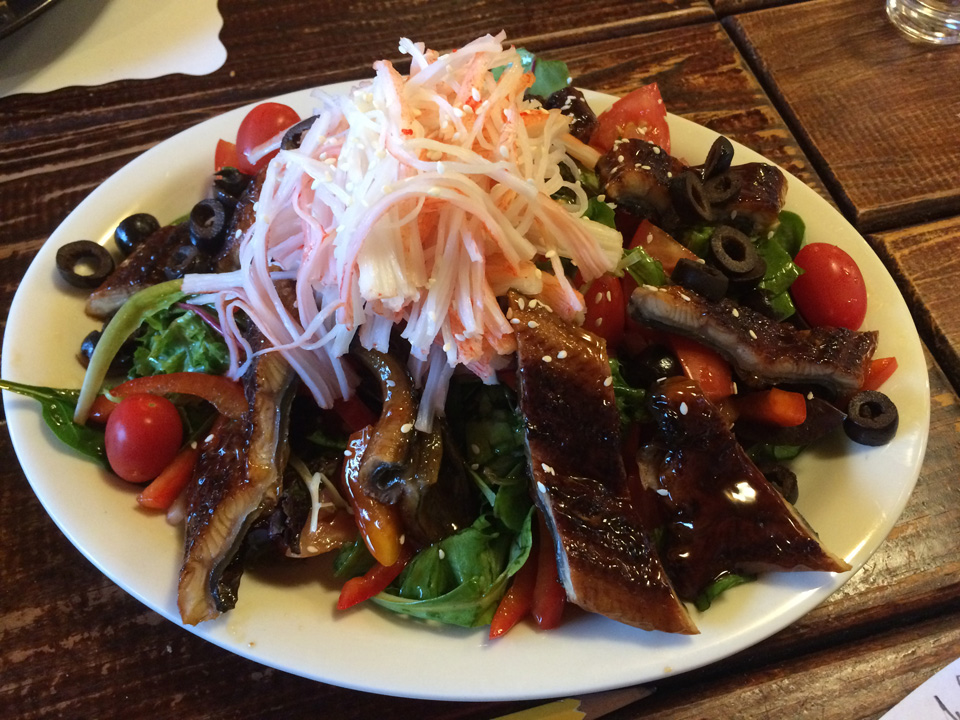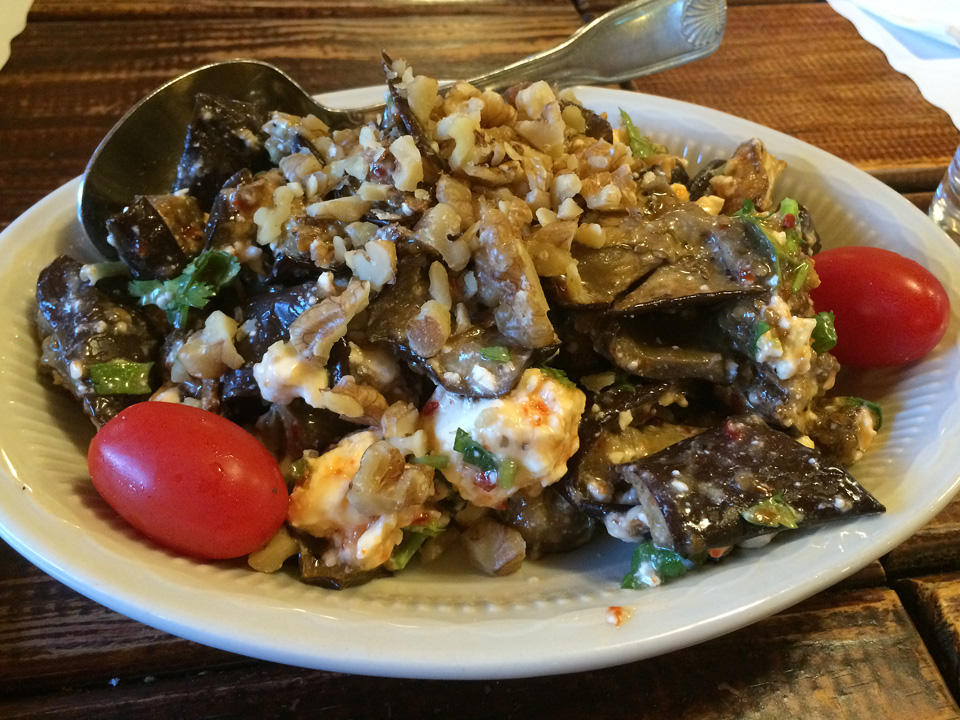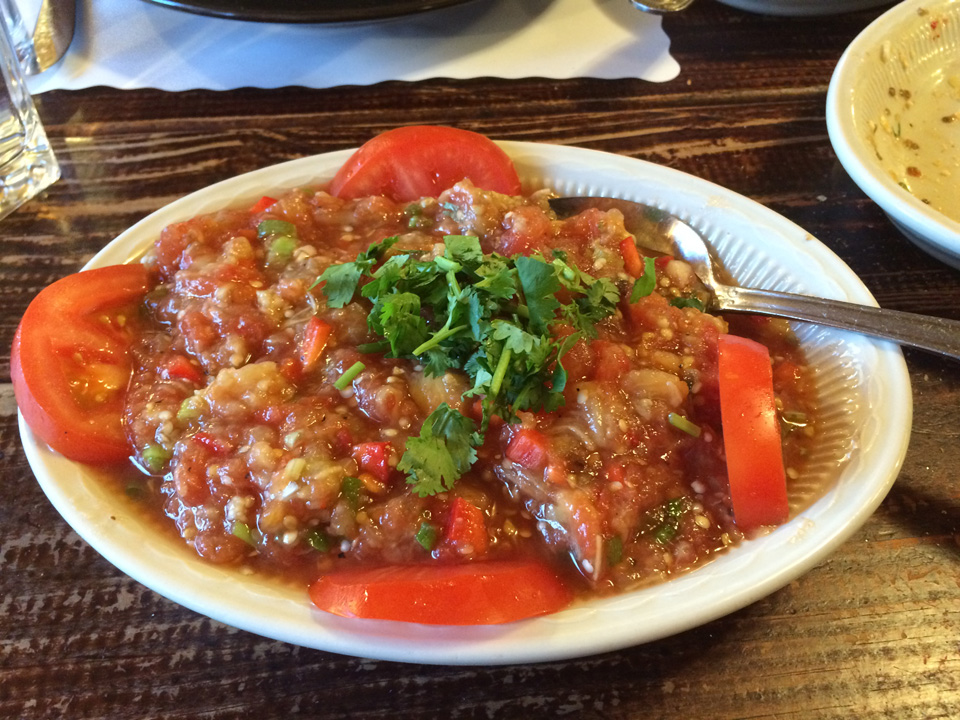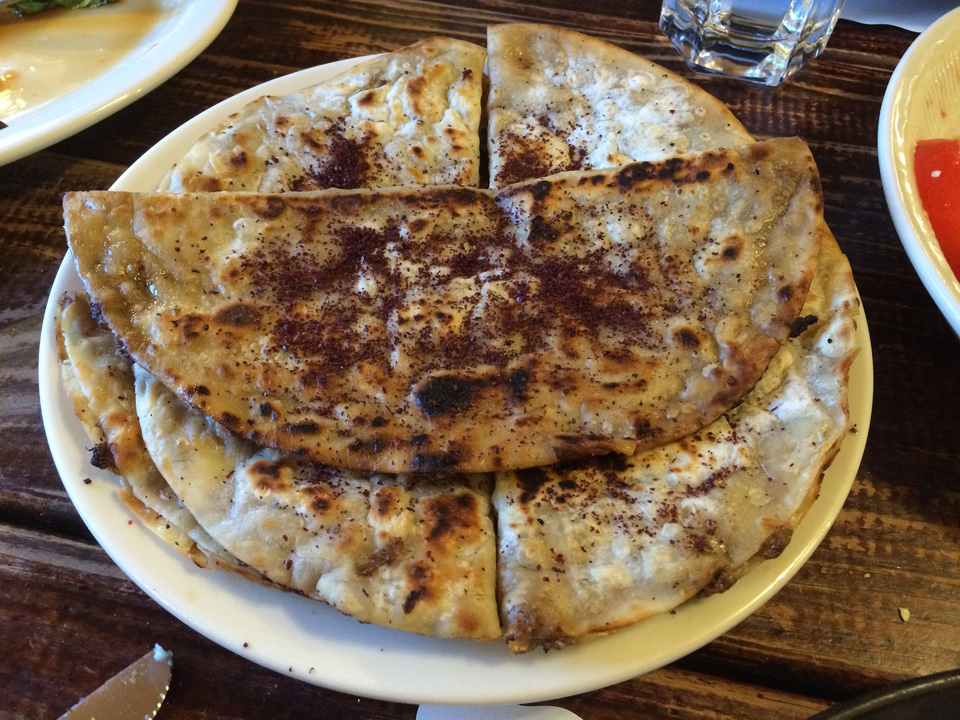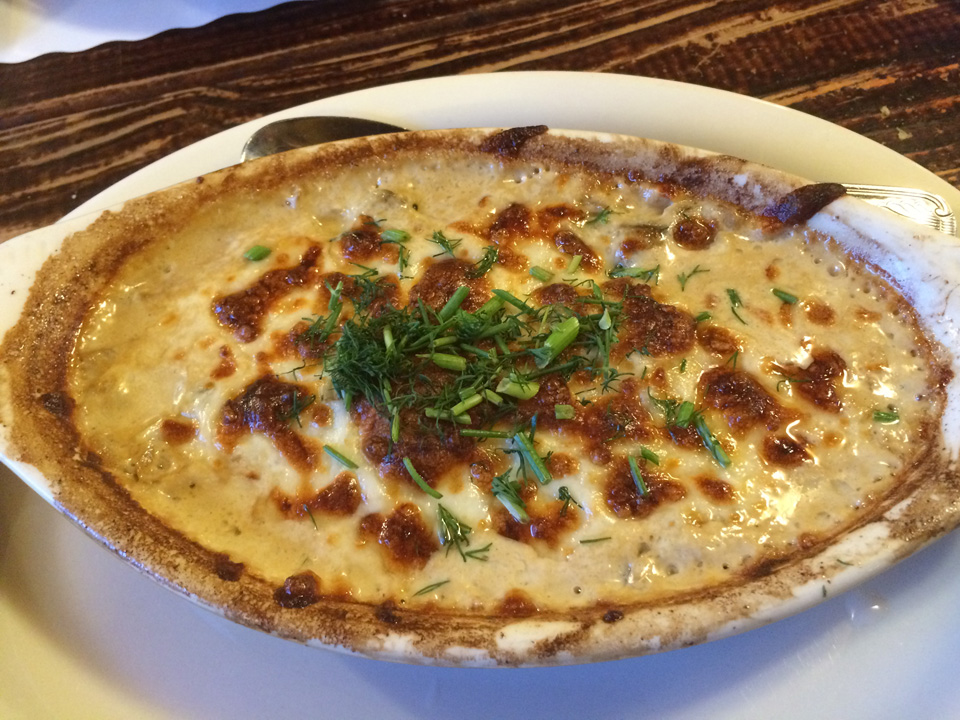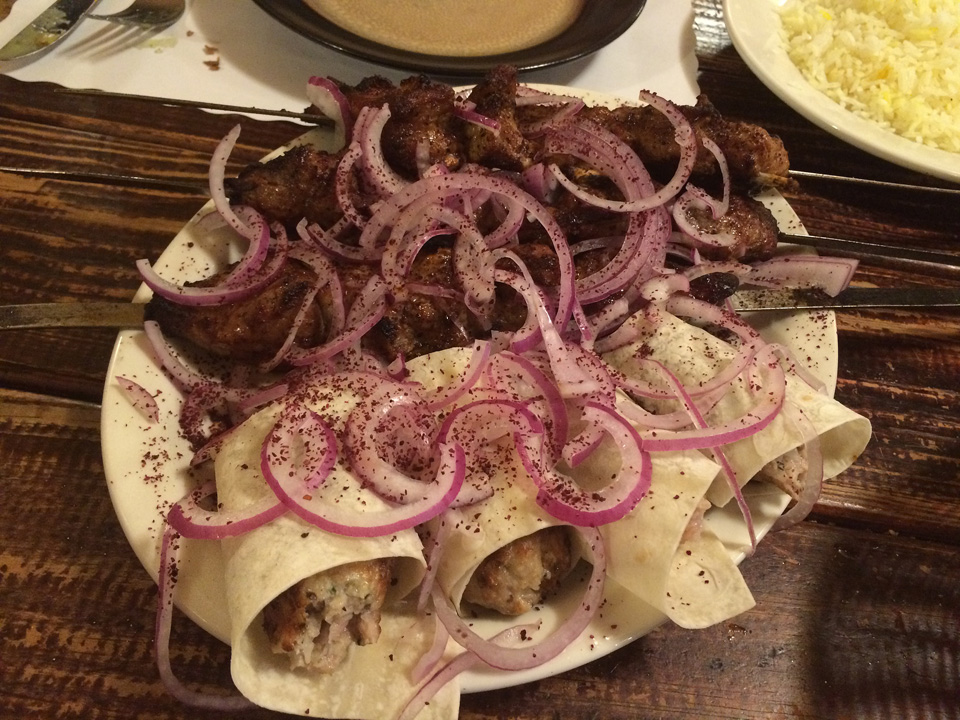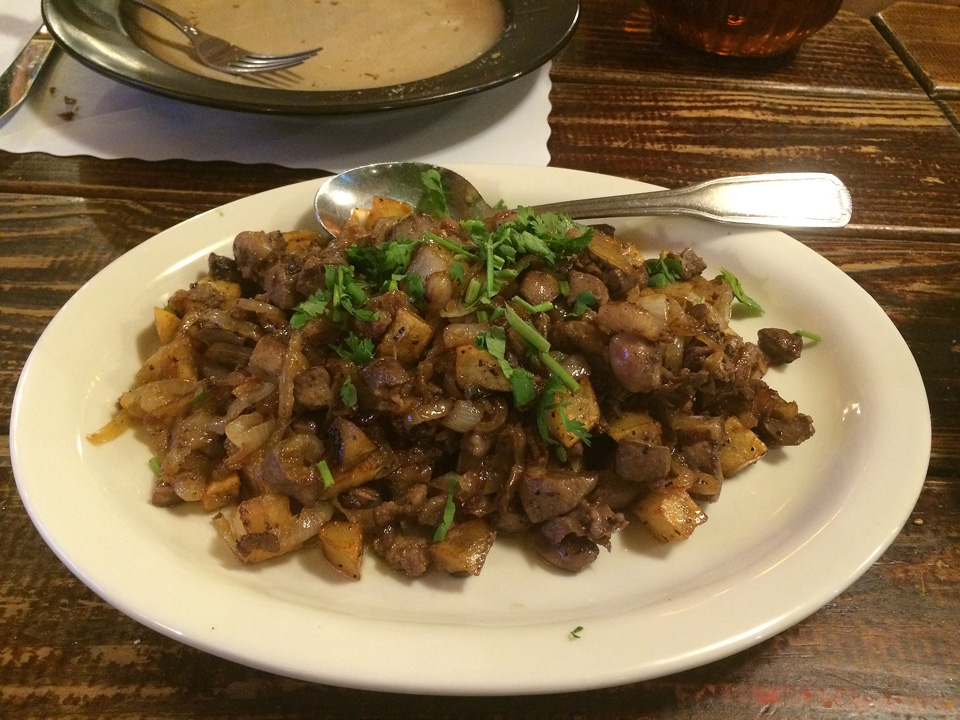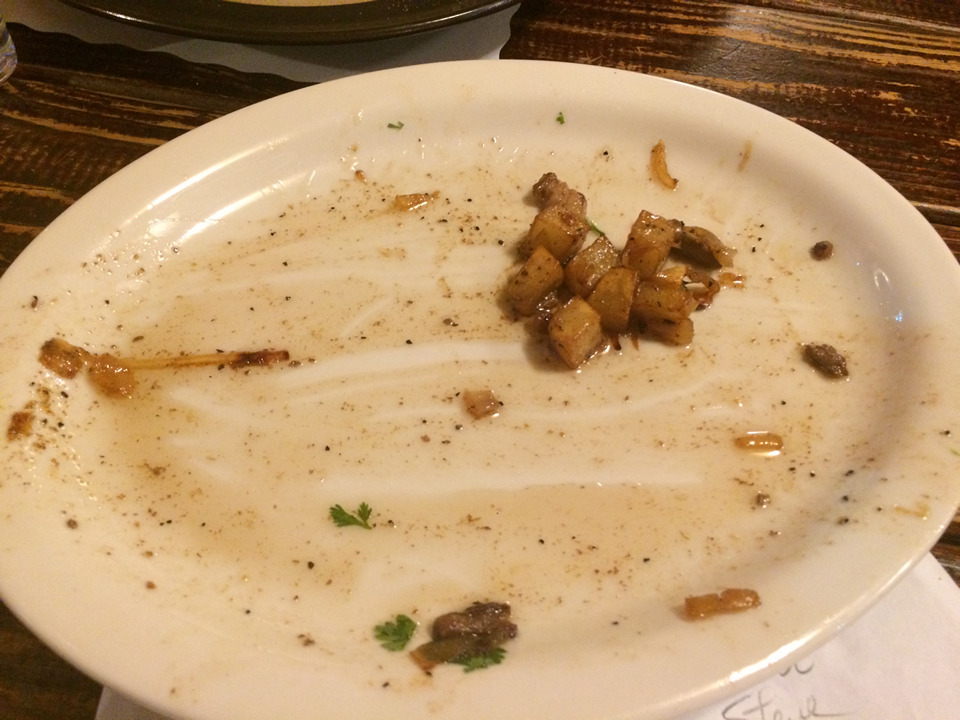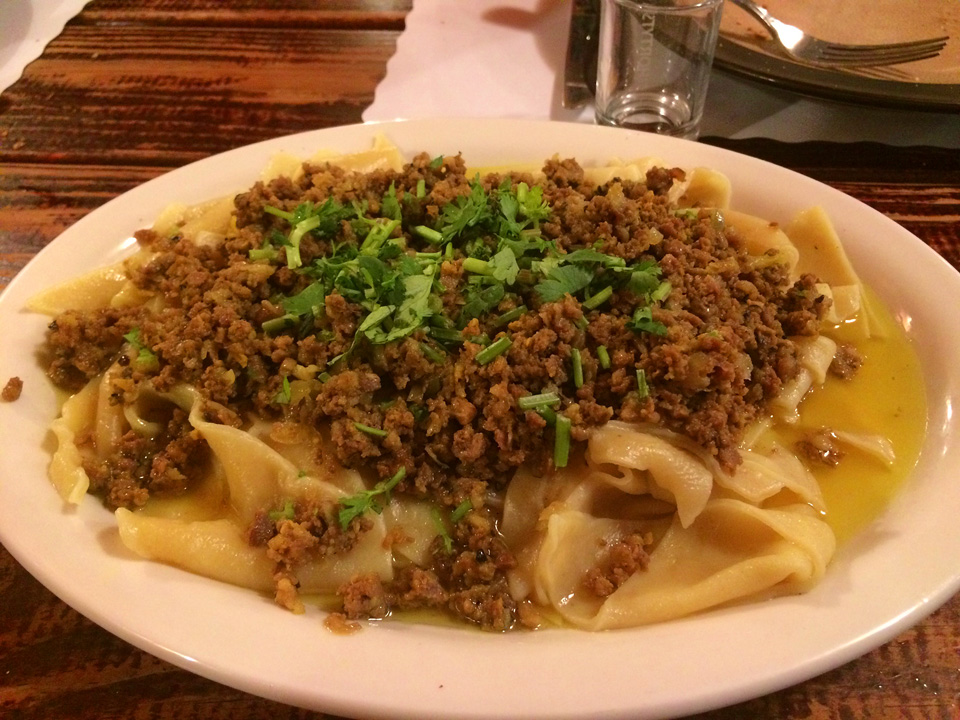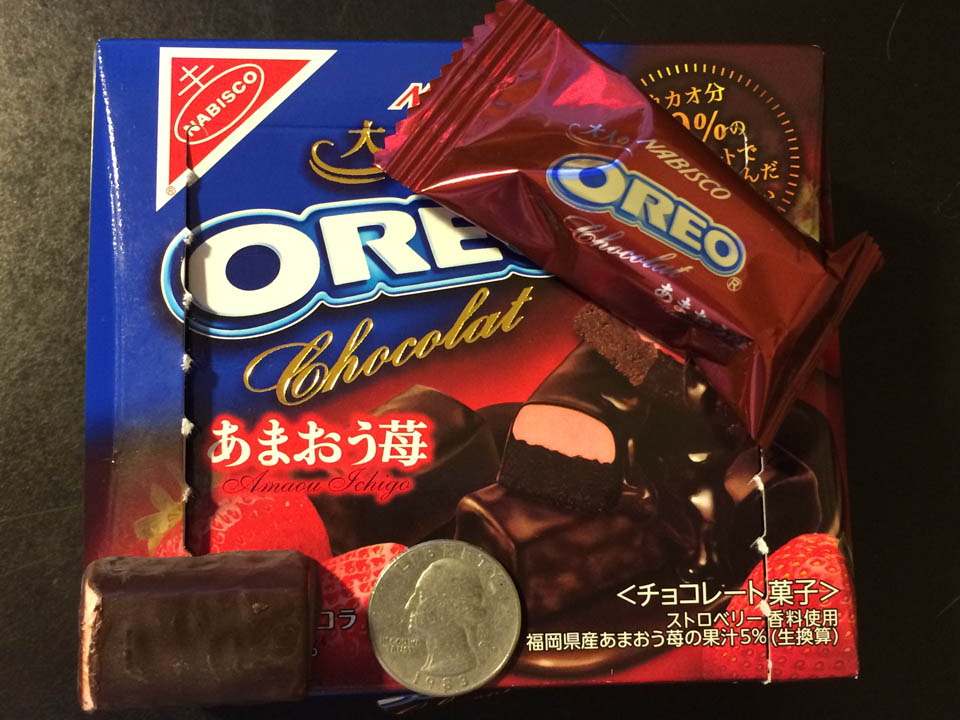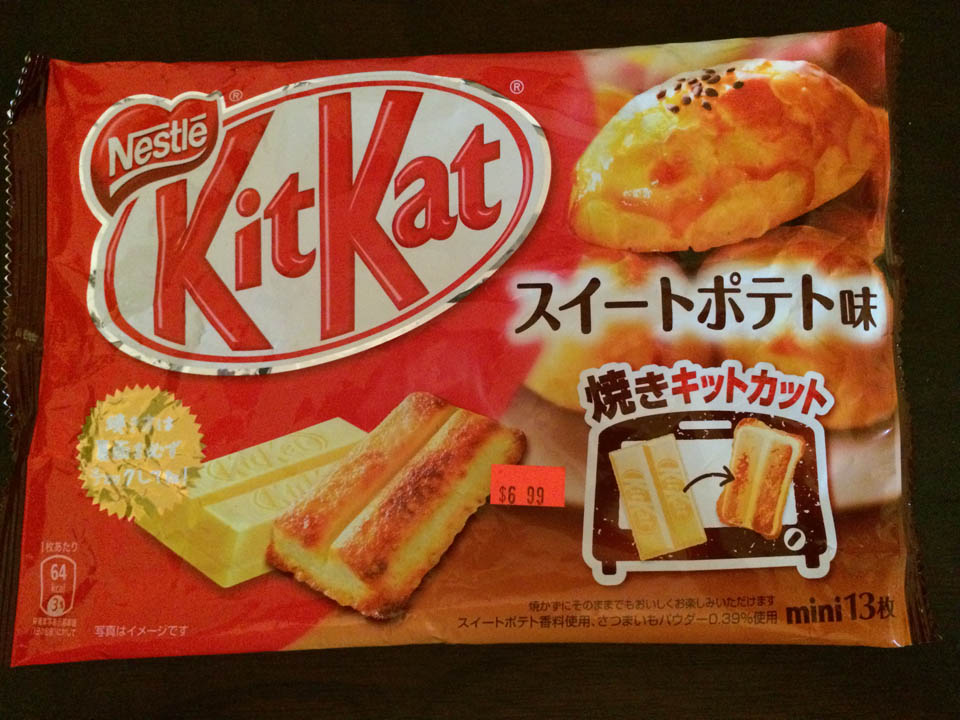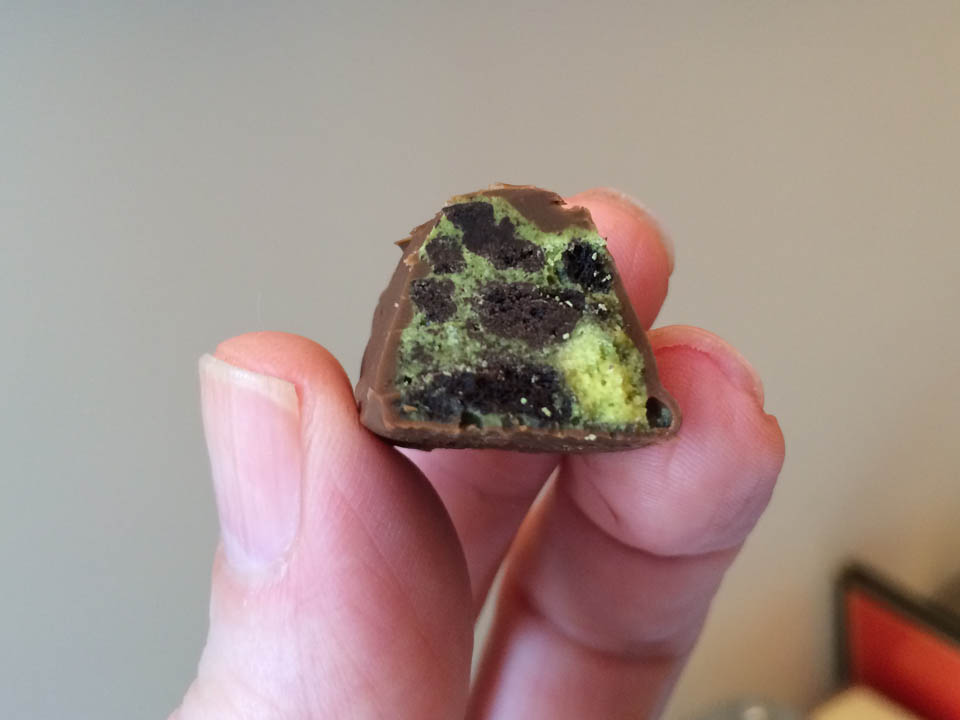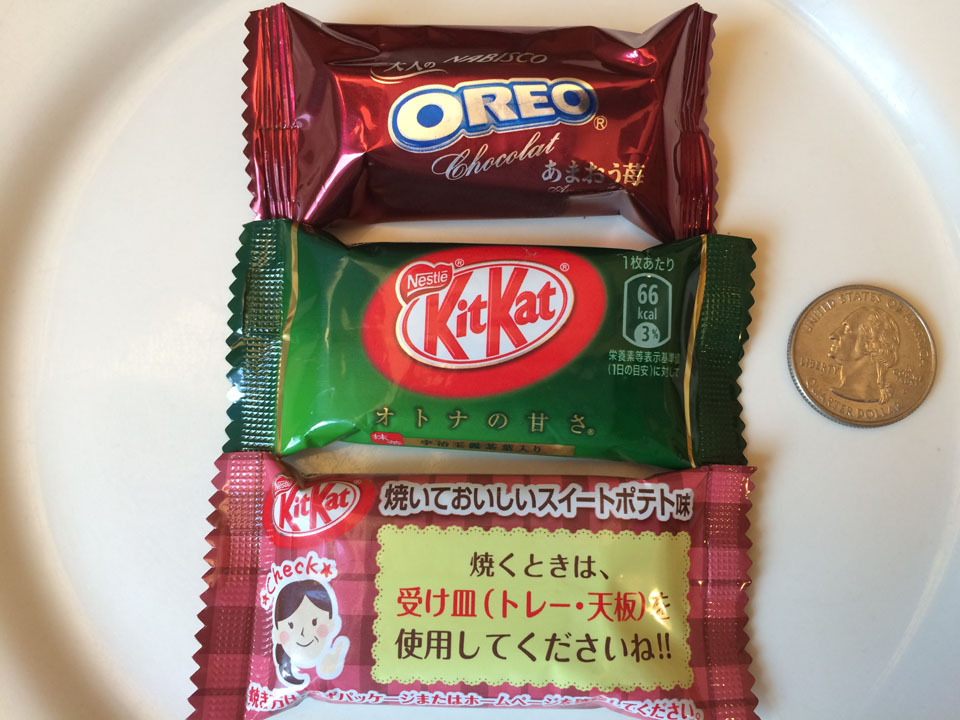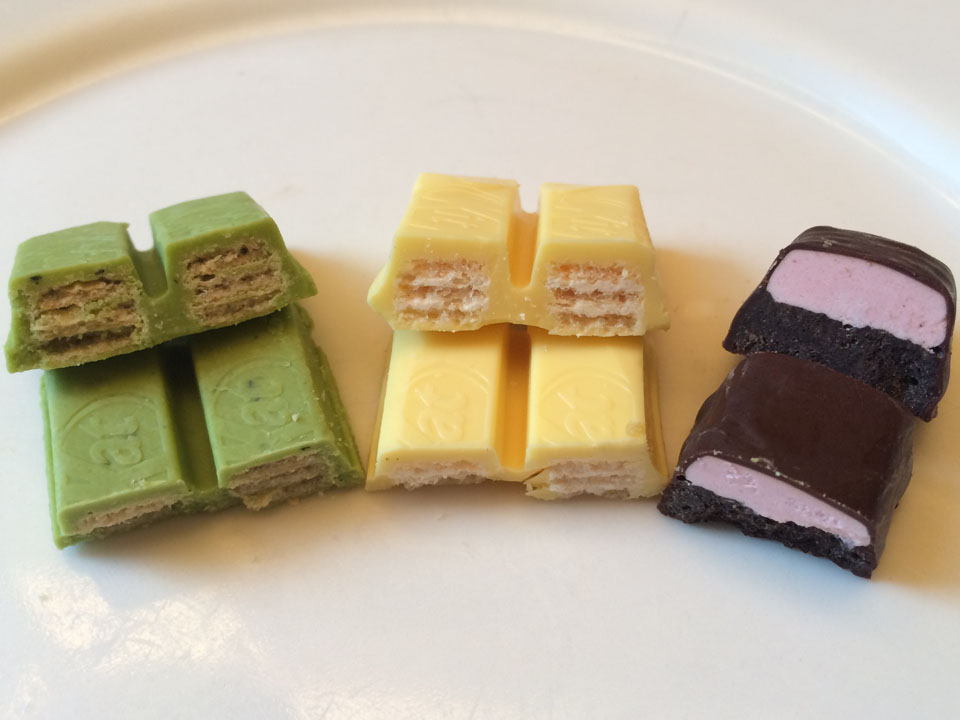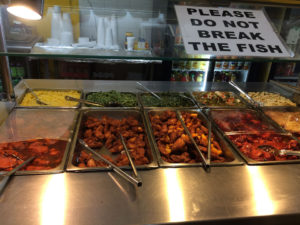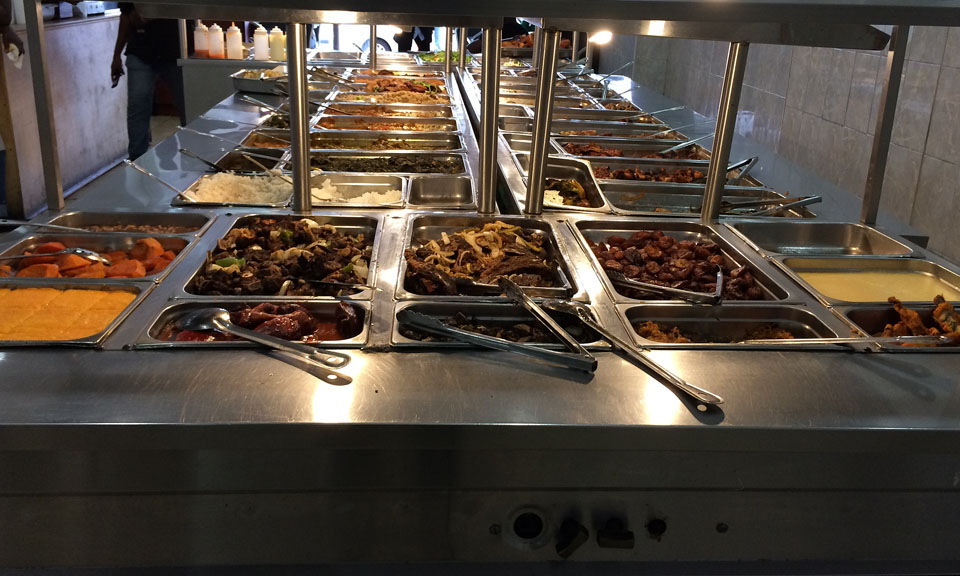 To some, it is America’s largest food and beverage trade show playing host annually to 2,670 US and international exhibitors who this year presented 180,000 specialty foods to over 47,000 industry professional buyers, distributors, brokers, and the media.
To some, it is America’s largest food and beverage trade show playing host annually to 2,670 US and international exhibitors who this year presented 180,000 specialty foods to over 47,000 industry professional buyers, distributors, brokers, and the media.
To me, it is Xanadu.
And not only because of three days’ worth of opportunities to sample some delicious wares. The Fancy Food Show affords the chance to hob and nob with other professional foodies, see what products and brands are trending and poised to make a breakthrough, and get a sense of what the industry thinks the marketplace is craving. (I lost count of how many products had Krave in the name.)
To clarify, “specialty foods” – as contrasted with staples – encompass cheese (easily the largest category); cured meats; caviar, smoked, and other seafood; baked goods and mixes; candy and chocolates; nuts; condiments including sauces and marinades; oils; snacks; jams and jellies; beverages and more. The show highlights three major areas: a formidable presence of national manufacturers, a panoply of international pavilions proffering provisions from Peru to Pakistan, and a section organized by state populated by artisanal entrepreneurs trying to catch a foothold in the national marketplace. (Incidentally, it would seem that Brooklyn has seceded from New York since they were ensconced in their own area.)
Needless to say, the international food representatives are a major inspiration for my annual hajj to that stately pleasure dome known as the Javits Center (although my unbridled passion for cheese does vie for first place). Case in point, my quest for argan oil. Made from the kernels of the nut encased by the fruit of the argan tree, its flavor is rich and distinctly Moroccan. Want a tip? Use this awesome product in your cooking or even just for dipping bread, perhaps with a sprinkle of dukkah. After chatting up the folks in every booth in the Moroccan subsector, I was able to consummate my crusade upon meeting the delightful and generous folks at TVT Trade Brands, an importer and distributor of spices and more from around the world.
(Click on any image to view it in high resolution.)
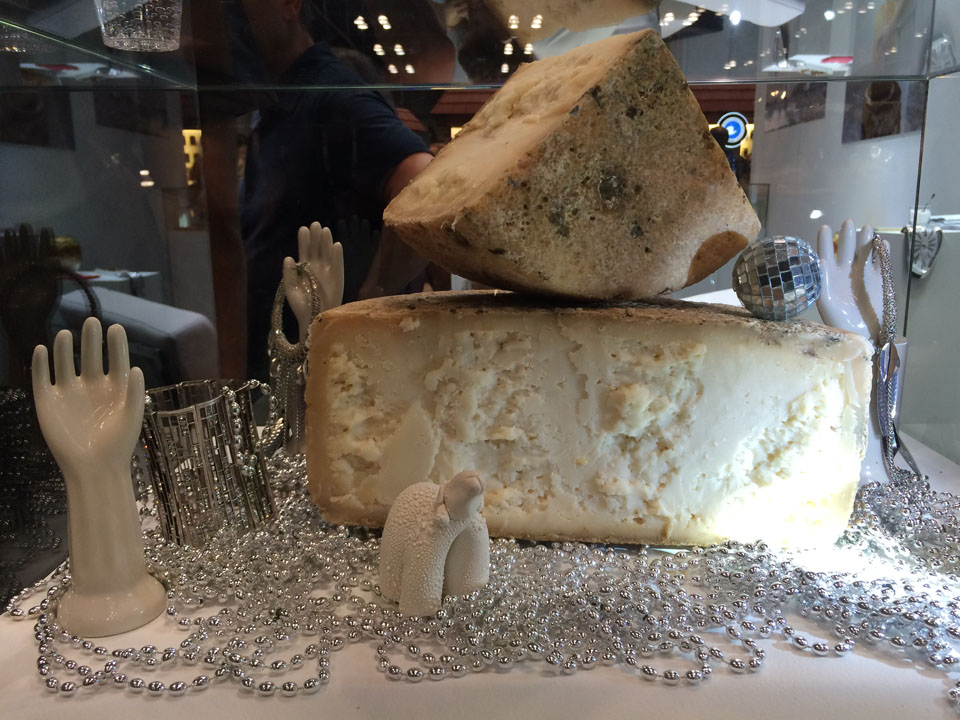
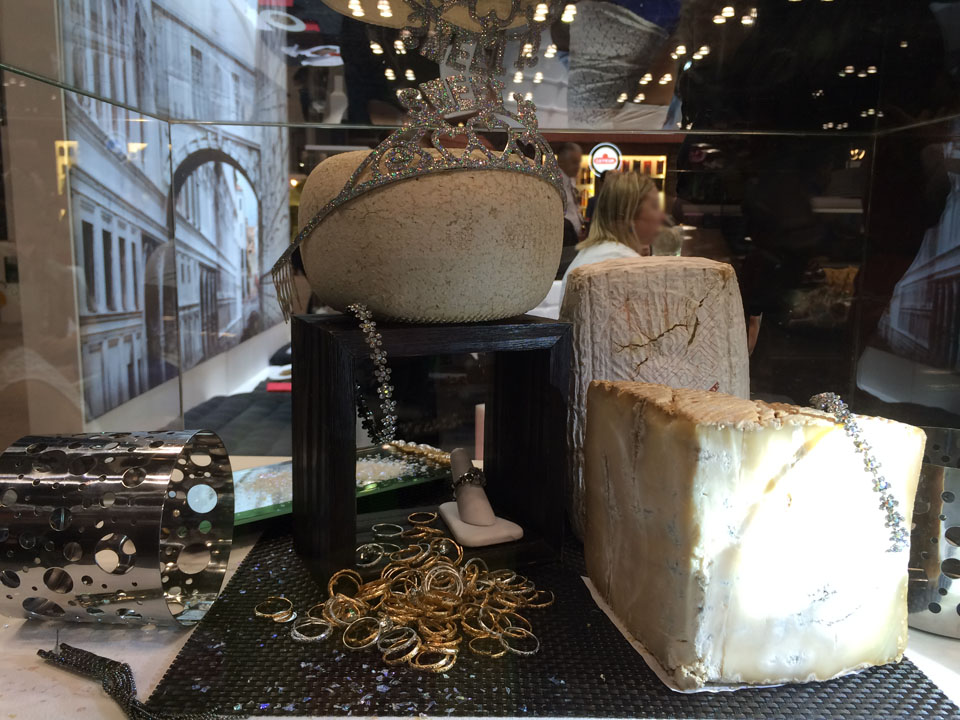
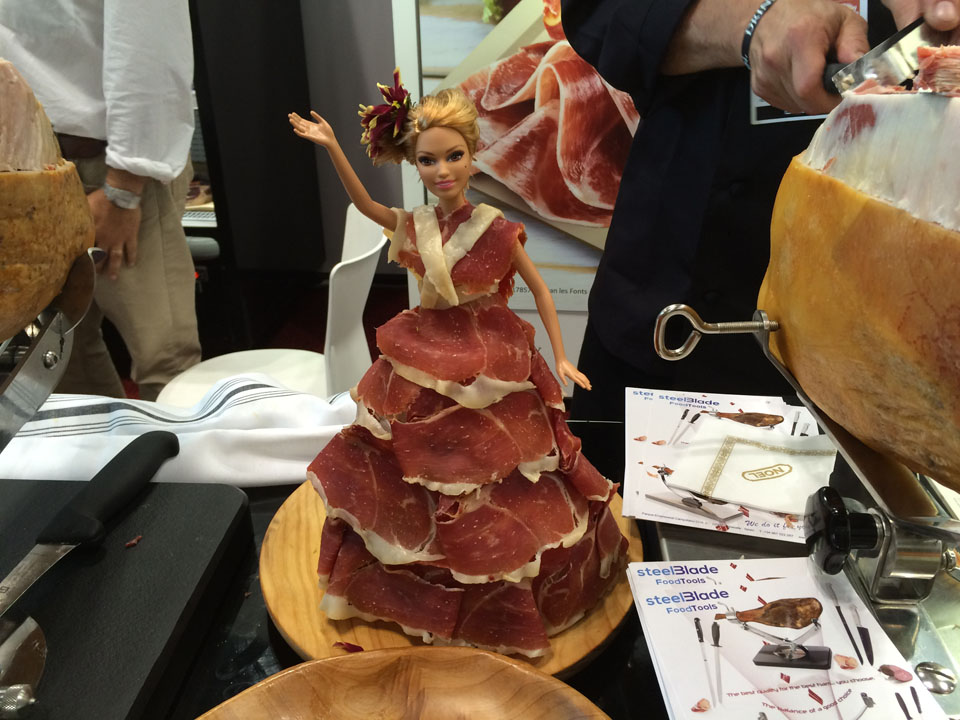 Back in the main area, I couldn’t resist snapping a few photos of some over-the-top displays of cheesy elegance along with an example of fun and exciting things you can do with Serrano ham. (Take that, Lady Gaga!)
Back in the main area, I couldn’t resist snapping a few photos of some over-the-top displays of cheesy elegance along with an example of fun and exciting things you can do with Serrano ham. (Take that, Lady Gaga!)

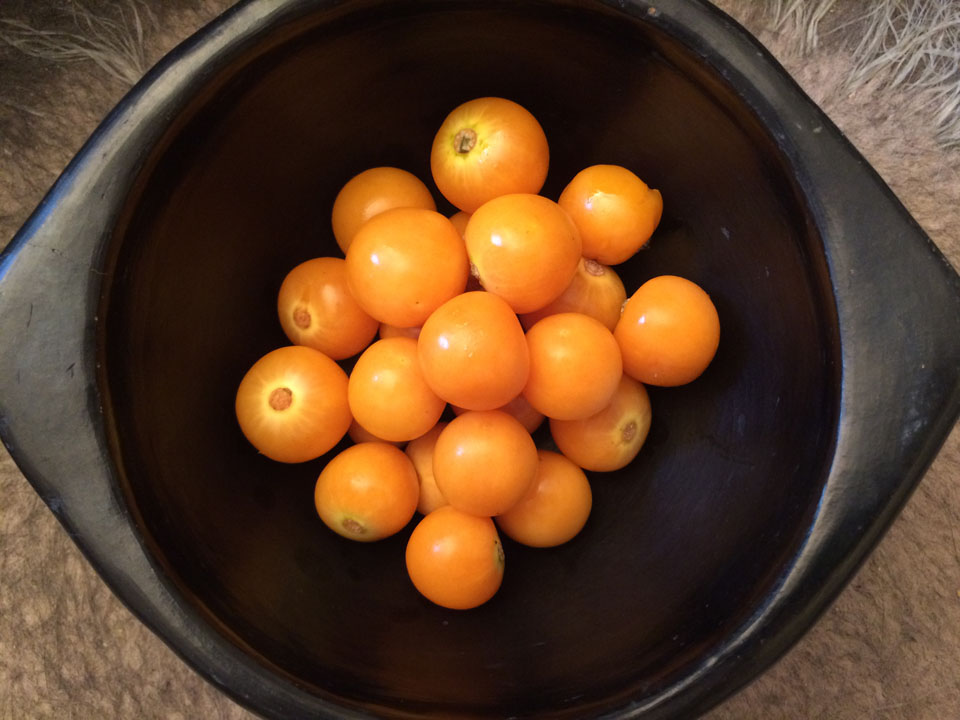 A booth promoting Pichuberries®, Mojo Tree Farm’s trademarked name for golden berries (aka physalis, husk cherry, cape gooseberry and others – and not to be confused with true gooseberries) provided an example of something relatively new to the marketplace. If you’re near a great farmers’ market, you can find ground cherries in late summer but they’re unlikely to be perfectly ripe (look for orange, not green), and Pichuberries are far more reliable in that regard. The fruits, about the size of a marble, are sweet, tart, and a little earthy – delicious, and a worthy addition to any salad. Mojo Tree Farm provides a number of recipes (like a pico de gallo that looks wonderful) on their website.
A booth promoting Pichuberries®, Mojo Tree Farm’s trademarked name for golden berries (aka physalis, husk cherry, cape gooseberry and others – and not to be confused with true gooseberries) provided an example of something relatively new to the marketplace. If you’re near a great farmers’ market, you can find ground cherries in late summer but they’re unlikely to be perfectly ripe (look for orange, not green), and Pichuberries are far more reliable in that regard. The fruits, about the size of a marble, are sweet, tart, and a little earthy – delicious, and a worthy addition to any salad. Mojo Tree Farm provides a number of recipes (like a pico de gallo that looks wonderful) on their website.
Of course, one can easily find the usual suspects like the baked goods wannabes: the brownie that eats like a cookie, the cookie that eats like a brownie, cookies masquerading as muffin tops, donuts masquerading as brownies, and brownie bottoms masquerading as cookies – “the best part of the brownie!” one company boasted.
One artisanal sausage maker bragged about how their product had no casing so there wasn’t that annoying “snap” when you bit into them. Yeesh. Ah well, one man’s meat is another man’s poisson, I guess.
The atmosphere was a little more homespun down in the States level: Virginia peanuts, Vermont maple products, Brooklyn hipster artisanality, you get the idea. Certainly there was a passel of good ol’ boys invitin’ all y’all to come on down and taste what they just whomped up in the basement. Retired gramepaws, bless their hearts, sporting straw farmers’ hats, who instead of traveling opted to sink their entire pension into bottling their secret family BBQ sauce recipe, beckoned to passing attendees as their granddaughters, aspiring Future Spokesmodels of America and dolled up in gingham, offered samples. Gotta love it.
At the end of the day, it’s all about marketing, and that’s the only aspect of the show that saddens me a bit. Not that I have anything against marketing per se. But all of these companies have done tremendous research into what America wants to put in its mouth, and it seems to me that it’s really about what America doesn’t want to put in its mouth. It felt like practically every product crowed about some mix’n’match variation on:
gluten-free, salt-free, sugar-free, dairy-free, trans fat-free, soy-free, egg-free, butter-free, tree-nut free, peanut-free, caffeine-free, no msg, no GMOs, no hormones, no artificial colors or flavors, no preservatives, no additives, no high fructose corn syrup, no cholesterol, high protein, low carb, low fat, low calorie, vegetarian friendly, vegan friendly, paleo friendly, diet friendly, heart friendly, non-irradiated, pastured, macrobiotic, probiotic, antioxidant, raw…handmade, fair trade, A grade, cage-free laid…<catching my breath> and, of course, the ever popular and stupefyingly meaningless All Natural.
We want our handcrafted, small batch comestibles to be organic, sustainable, artisanal, locally-sourced, farmstead, snout-to-tail, farm-to-table, field-to-fork, root-to-stem, and even (in the case of chocolate) bean-to-bar.
Eagerly extending trays of samples, exhibitors intoned, “Gluten-free all-natural!” never making it clear what they were offering let alone whether or not it might taste good. I think I saw biodegradably packaged gluten-free natural spring water. Gluten-free water? But I was pretty tired by then.
Don’t get me wrong; I applaud lifestyle choices and would never mock a creed someone holds dear. But sadly, nowhere did I see labels proclaiming ambrosial, appetizing, delectable, delightful, divine, enticing, exquisite, heavenly, luscious, mouthwatering, rich, savory, scrumptious, tasty, tempting, toothsome, yummy, and certainly never delicious. Why can’t we strike a balance?
And again, to be perfectly clear: the show itself is fantastic – a veritable Disneyworld for enthusiastic food professionals.
I just wish America’s relatively new-found romance with food were less about how it might kill us and more about how it might thrill us.
